ORIGINAL PHOTOGRAPHS BY
CARL DUISBERG
The Peruvian city of Puno is known for its colorful festivals celebrating the history and traditions of the Quechua people, the proud descendants of the Inca. One of the most famous of these is known as Puno Day, the culmination of a week-long celebration that takes place each November.
The highlight of the festival comes near the beginning, when a celebrant portraying Manco Capac, the first Inca, accompanied by his beautiful bride and by his father, the sun, arrives on the shores of Lake Titicaca in a reed boat, a mythical event that marked the birth of the mighty Inca Empire. No one knows for certain how long the people of Puno have been staging their reenactment. The event has most definitely grown in size over the years.
My friend Carl Duisberg was in Puno for the Festival in 1971, and captured dozens of great black and white photographs of the event. I recently took on the task of restoring Carl’s half-century old film to its former glory, and with his gracious permission, I’m sharing the results in this post:
(Please note: The images in this post are the original work of Carl Duisberg. Like all the images on this site, they are protected by copyright, and may NOT be duplicated for commercial purposes.)
Manco Capac and his retinue, including his father, the sun, arrives on the shores of Lake Titicaca in a flotilla of reed boats.
Dancers and musicians in colorful costumes sing and play and twirl in the streets. The music of reed flutes fills the air, almost a cacophany, intended to ward off evil demons.
(Click any photo to expand the images to full screen.)
Costumed dancers representing pumas and a condor wear the skins of those animals, while others represent the sun, the moon, and the stars, a troupe of dancing demons, and be-feathered Inca nobility, all interacting in a choreographed presentation that includes the sacrifice of a llama. The audience is just as colorful as the participants, with men, women, and children in traditional dress from the many different regions in the Andean highlands, every different ethnic group with a different style of hat!
If you’ve enjoyed seeing these historic photographs, you should check out the rest of the series:
Portraits of a People, Lost in Time; features a random assortment of Carl’s best images from Peru and Bolivia, all dating back to 1971;
Children of the Altiplano; features portraits of children in Andean villages, most with their mothers;
Chinchero: The Place Where Rainbows are Born; a fantastic series of pictures taken in the Chinchero market in 1971;
and
An Overabundance of Bowlers: A Brief History of the Headgear on the High Plateau; Which is exactly that!
READ MORE LIKE THIS
This is an interactive Table of Contents. Click the pictures to open the pages.
Long Ago and Far Away: South America in the Early 1970's
Portraits of a People, Lost in Time
50 year old portraits of Andean natives in their traditional dress, taken in mountain villages not yet tainted by outside influences.
<<CLICK to Read More!>>
Puno Day Festival
Historic photos of Peru's Puno Day festival, taken in 1971. Included is the reenactment of the birth of the Inca empire on the shore of Lake Titicaca, with costumed dancers lining the streets of Puno.
<<CLICK to Read More!>>
Chinchero: The Place Where Rainbows are Born
Candid portraits of villagers in traditional dress, taken in Chinchero, Peru in 1971, before the outside world intruded.
<<CLICK to Read More!>>
An Overabundance of Bowlers: A Brief History of Headgear on the High Plateau
Andean natives have adapted to the intensity of the high altitude sun by taking a very simple precaution: everyone, almost without exception, wears a hat when they venture outdoors.
<<CLICK to Read More!>>
Tairona Gold: The Rape of Bahia Concha
It was the Tairona gold that triggered a blood lust in the Spanish invaders, ultimately causing the destruction of the entire Tairona civilization. That cycle was repeated in modern times, when the lust for Tairona gold infected the guaqueros, causing the destruction of the last refuge of the Tairona ancestors, in one final humiliation, one last indignity: the RAPE of Bahia Concha!
<<CLICK to Read More!>>
Tairona Gold: The Curse of the Coiled Serpent
Paul dug with his hands then, finally sticking his arm into a hollow space, pulling out a dark object. Grinning at me from the bottom of his hole, he handed up what he’d found. A round blackware vessel representing a coiled serpent, open in the middle, with a spout at the top of the head. I’d seen a lot of Tairona artifacts, but I’d never seen anything remotely like that one.
<<CLICK to Read More!>>
In the Vale of the Stone Monkeys: Peril and Petroglyphs in the Colombian Jungle
El Manco was easy to spot; he had embraced his defining handicap, a right arm that had been severed above the elbow, and that wasn’t even his only problem. He was also missing his right eye, nothing there but an empty socket and an ugly knot of scar tissue. “Tough old bird” doesn’t begin to describe a hardscrabble character like Manco; he had a face with creases like a roadmap straight to his own personal version of hell.
<<CLICK to Read More!>>
Magnificent Monoliths: The Enigmatic Idols of San Agustin
At least 200 monolithic statues are preserved within the boundaries of the San Agustin Archaeological Park, along with 20 monumental burial mounds. Each statue is unique, but taken as a group they provide a fascinating overview of the rituals and beliefs of one of the earliest complex societies in the Americas. The enigmatic idols of San Agustin are truly unmatched among the world’s ancient monuments.
<<CLICK to Read More!>>
There's nothing like a good road trip. Whether you're flying solo or with your family, on a motorcycle or in an RV, across your state or across the country, the important thing is that you're out there, away from your town, your work, your routine, meeting new people, seeing new sights, building the best kind of memories while living your life to the fullest.
Are you a veteran road tripper who loves grand vistas, or someone who's never done it, but would love to give it a try? Either way, you should consider making the Southwestern U.S. the scene of your own next adventure.
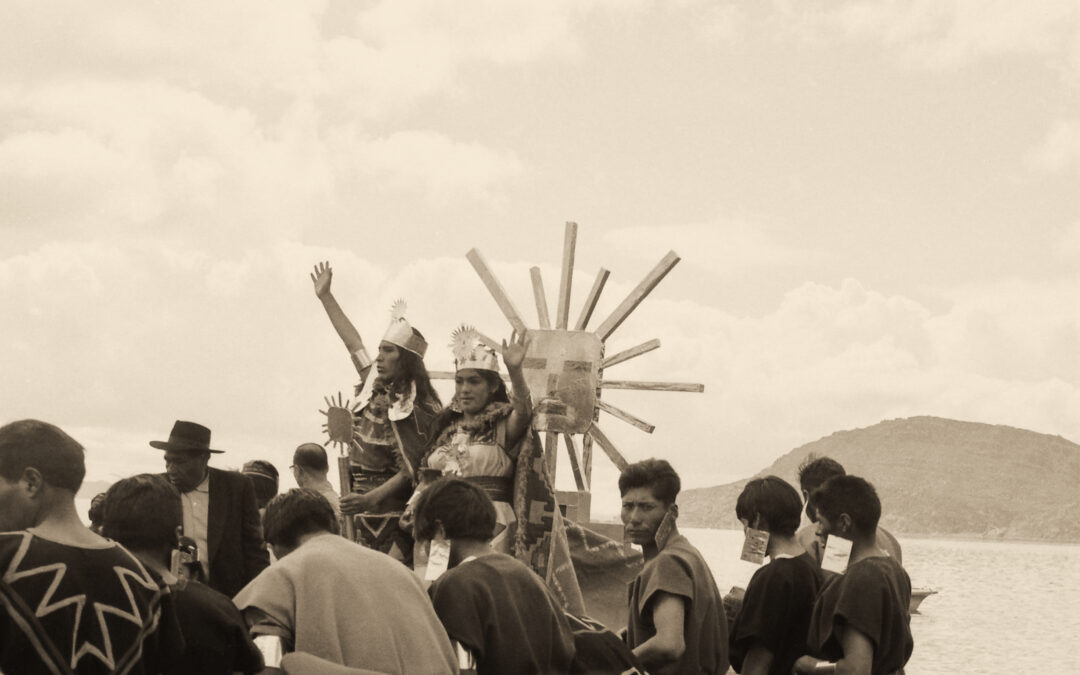
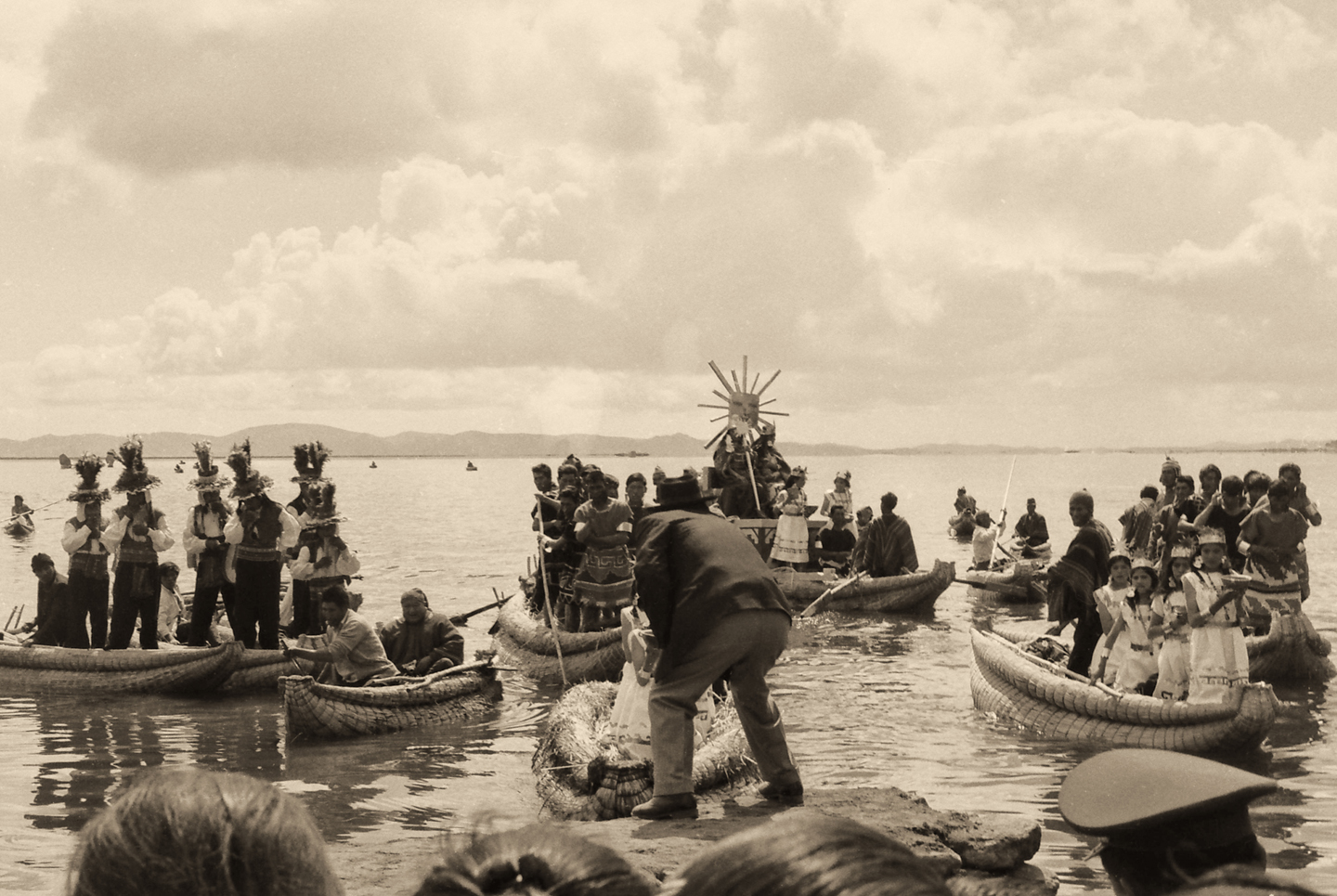
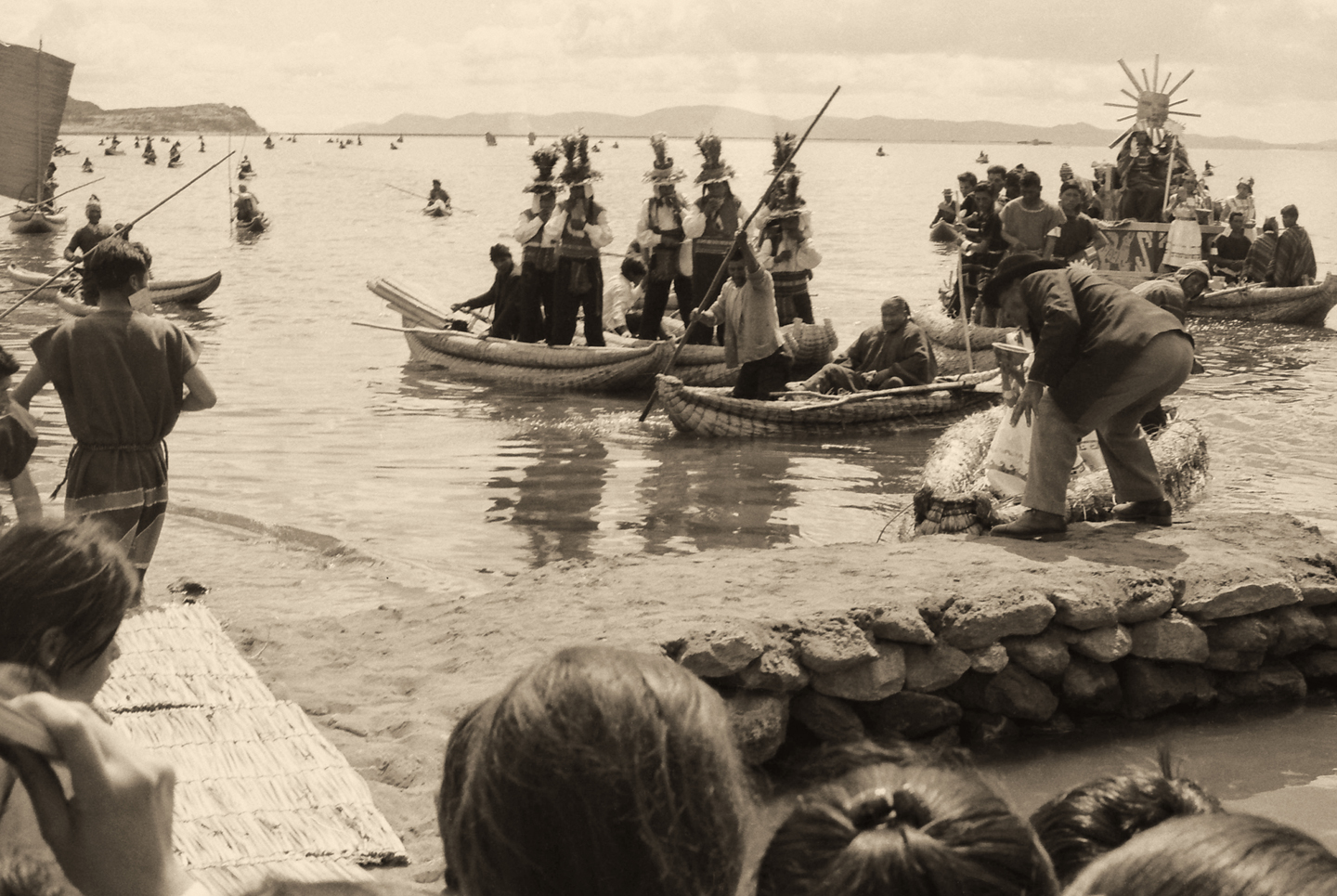
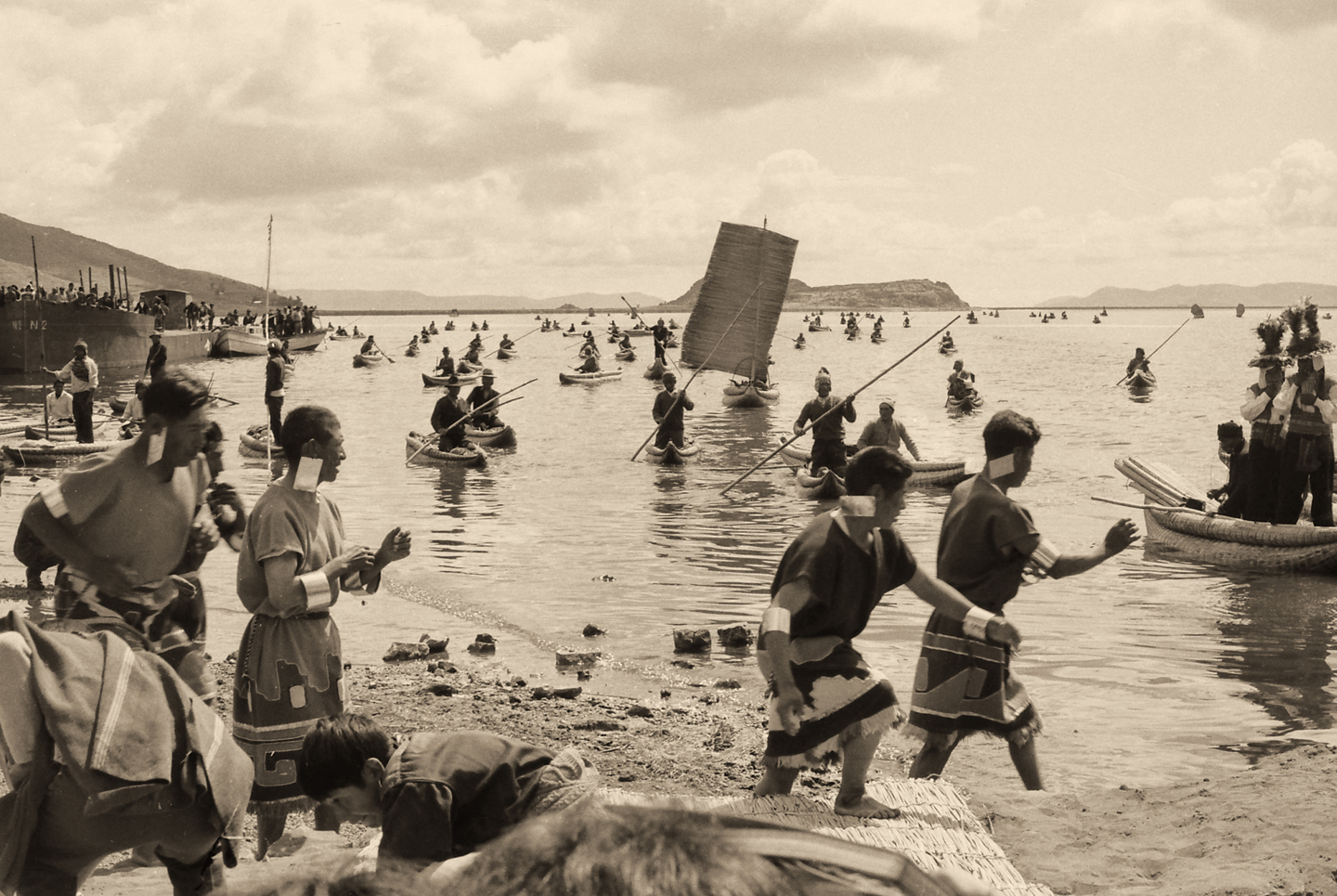
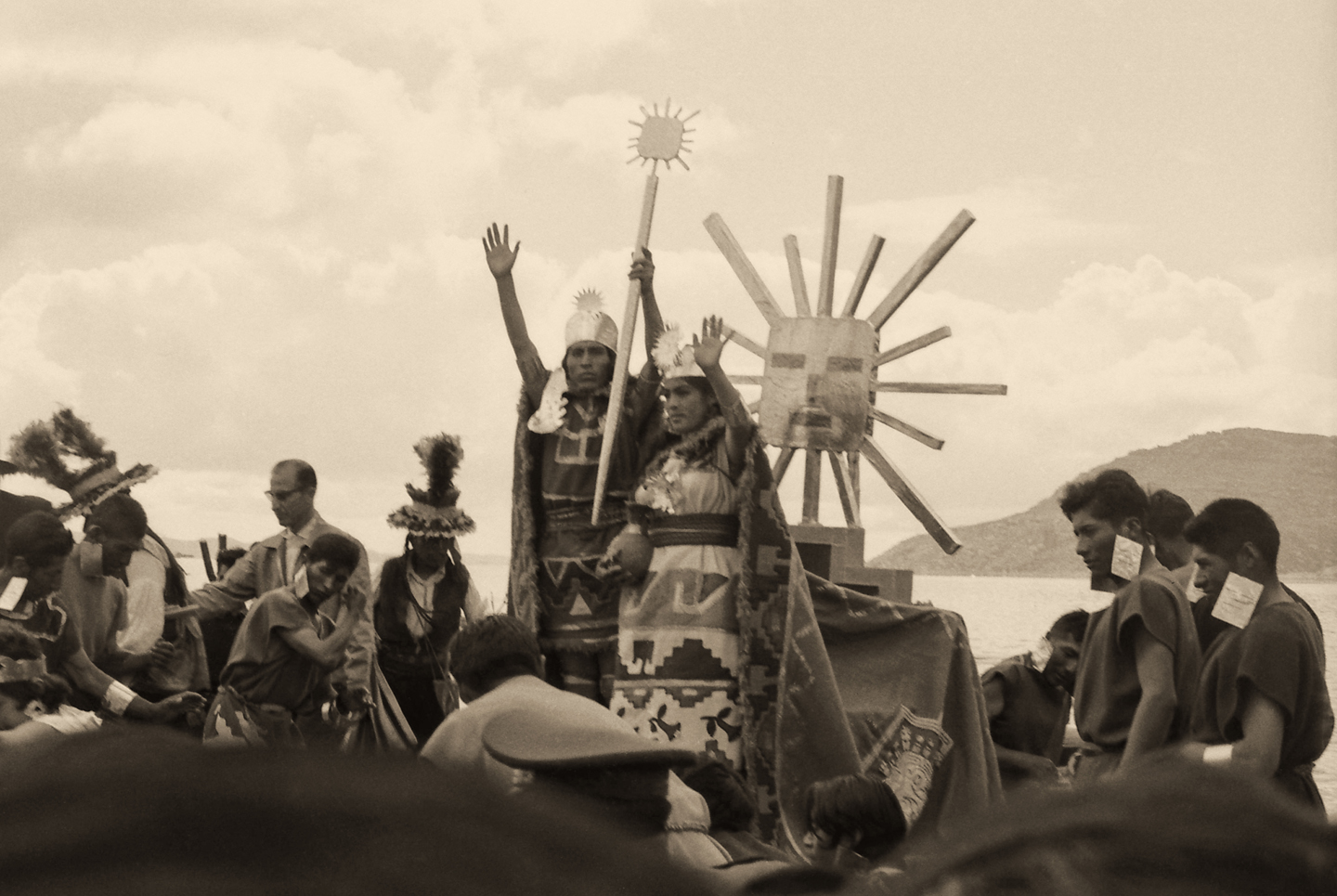
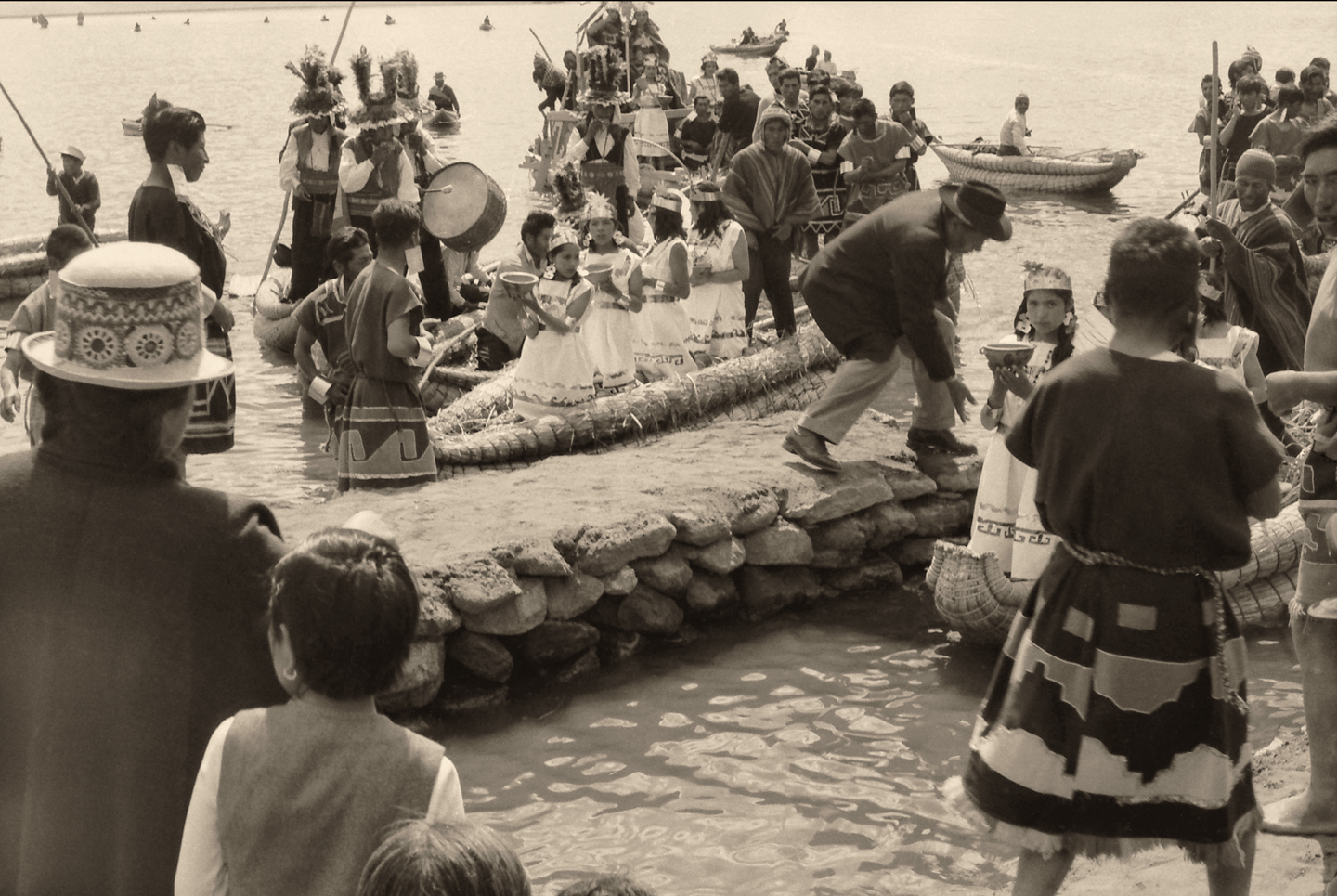
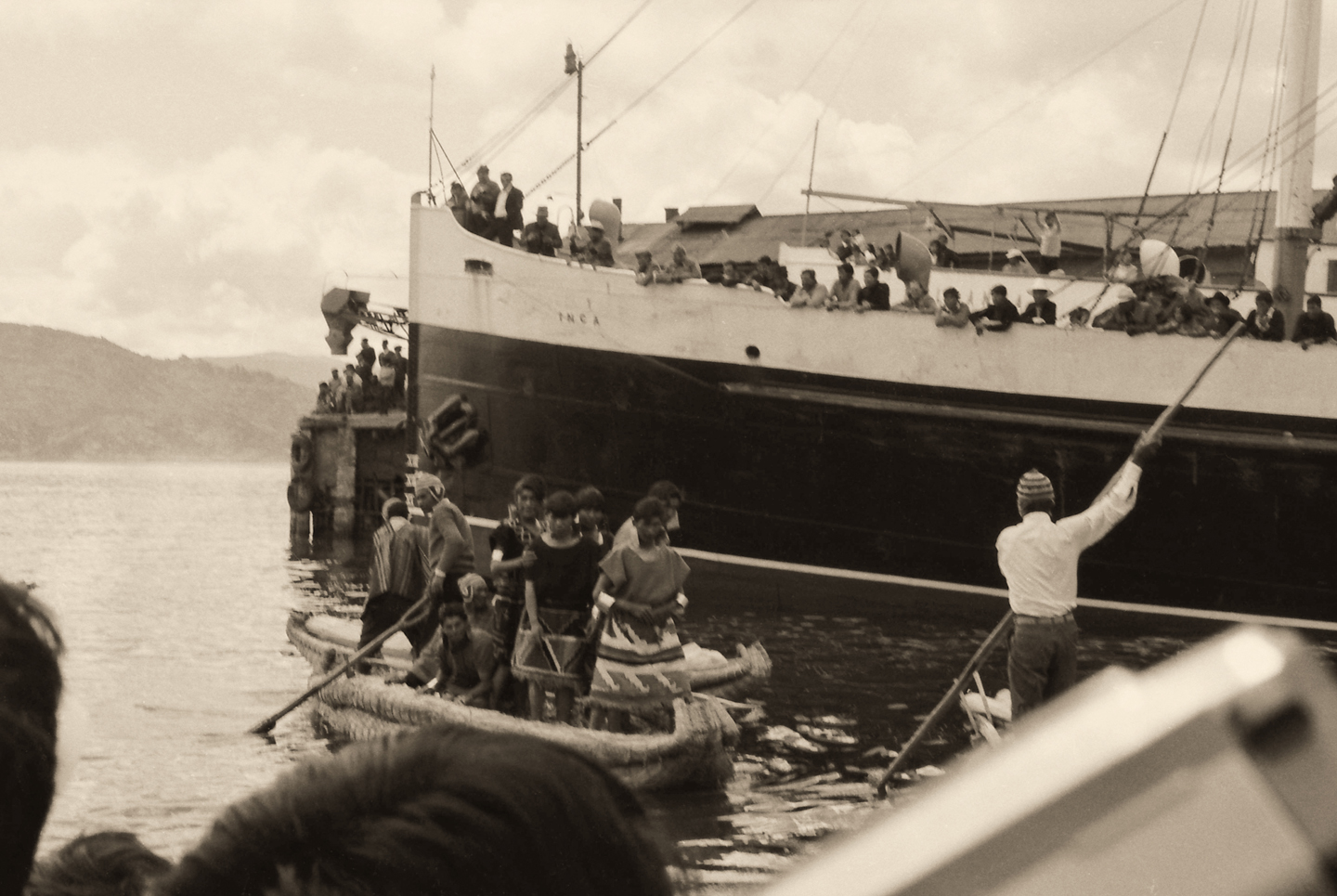
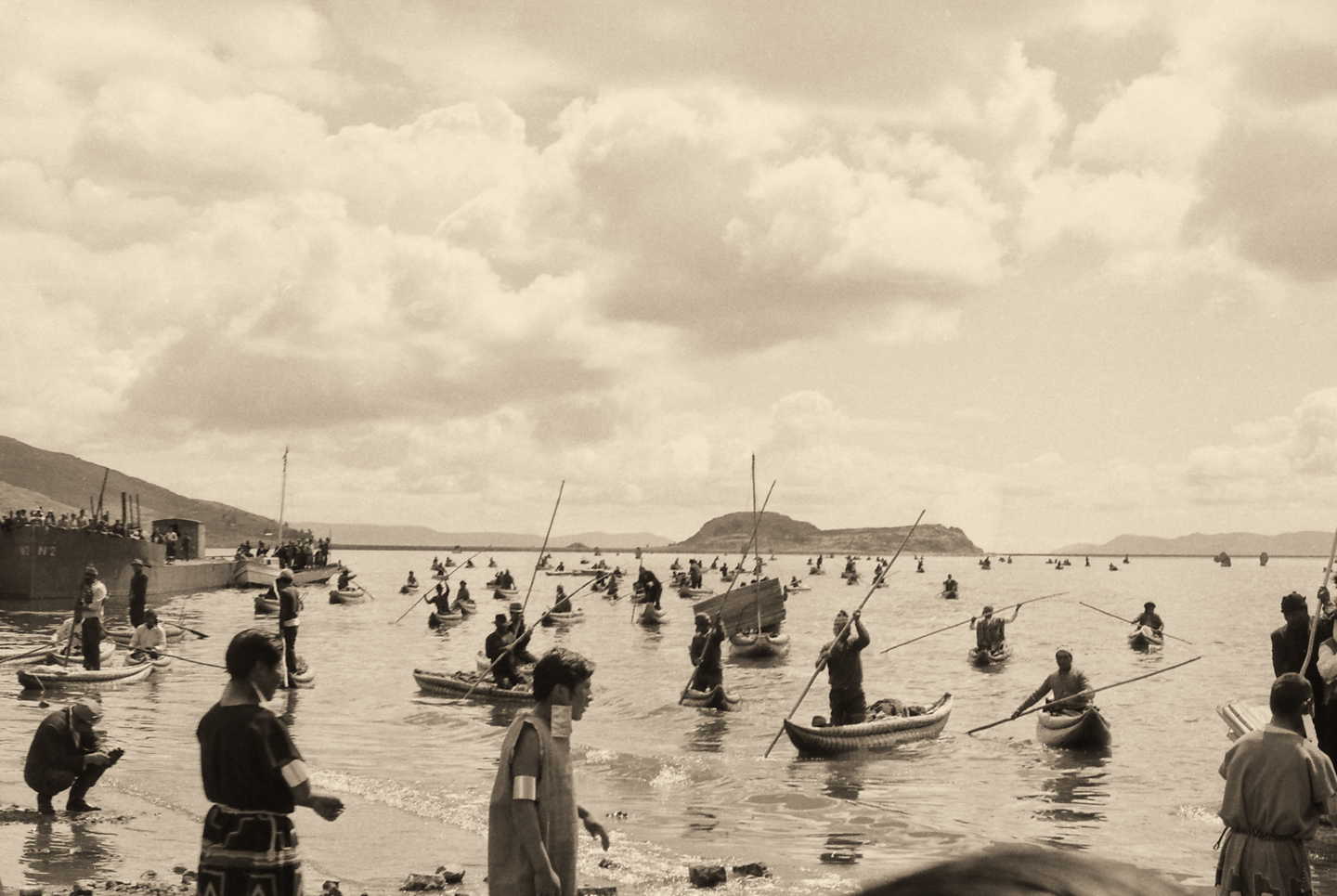
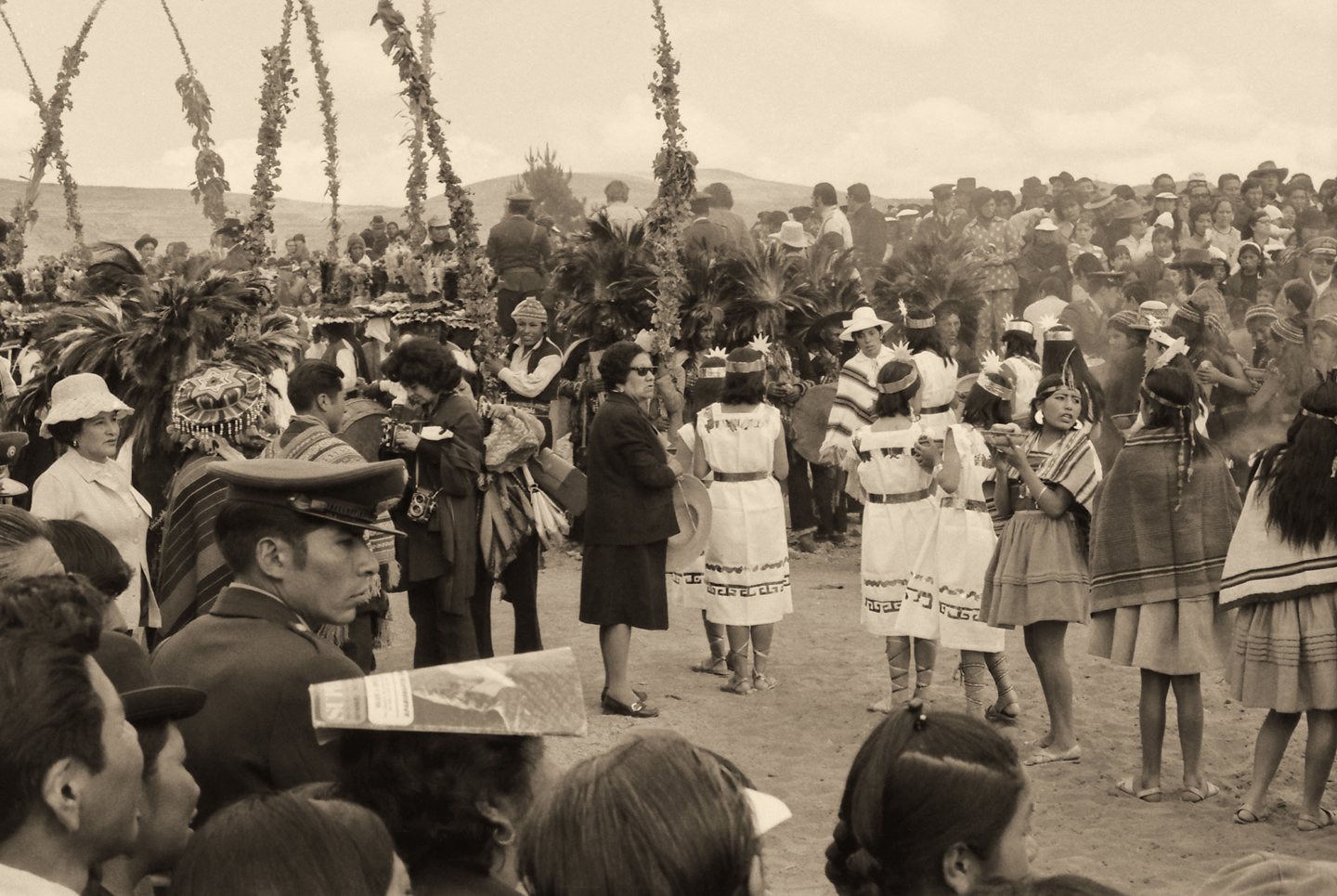
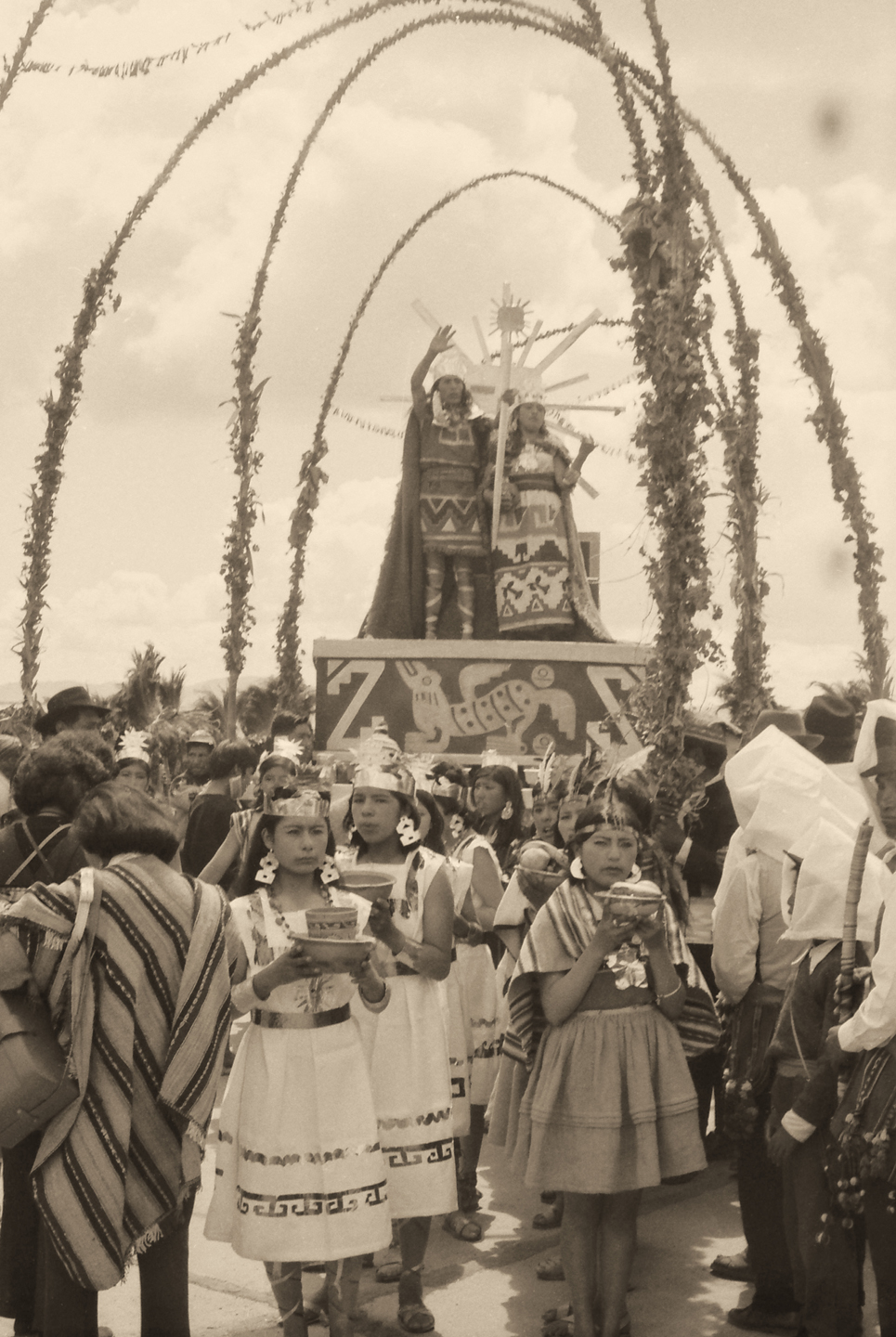
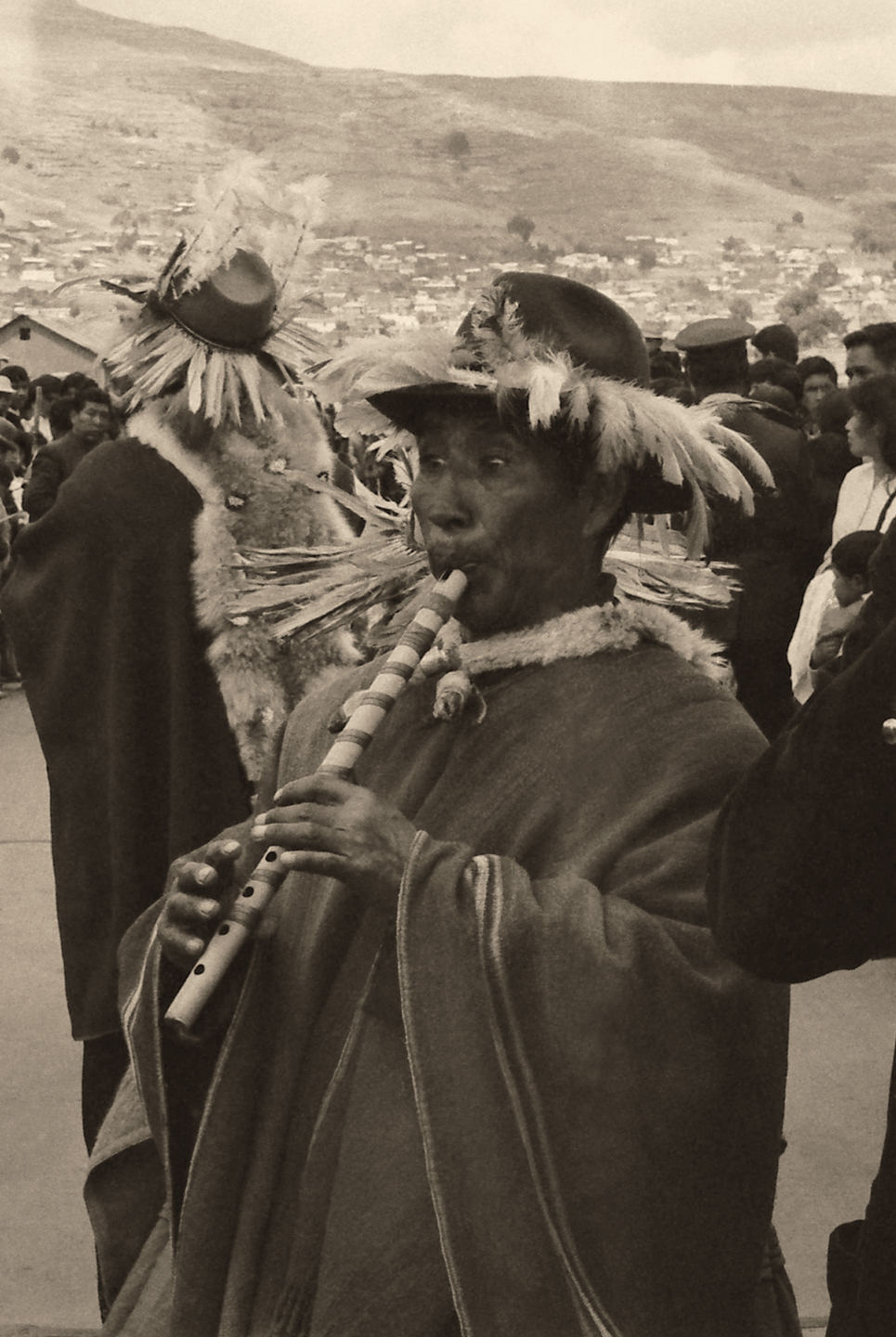
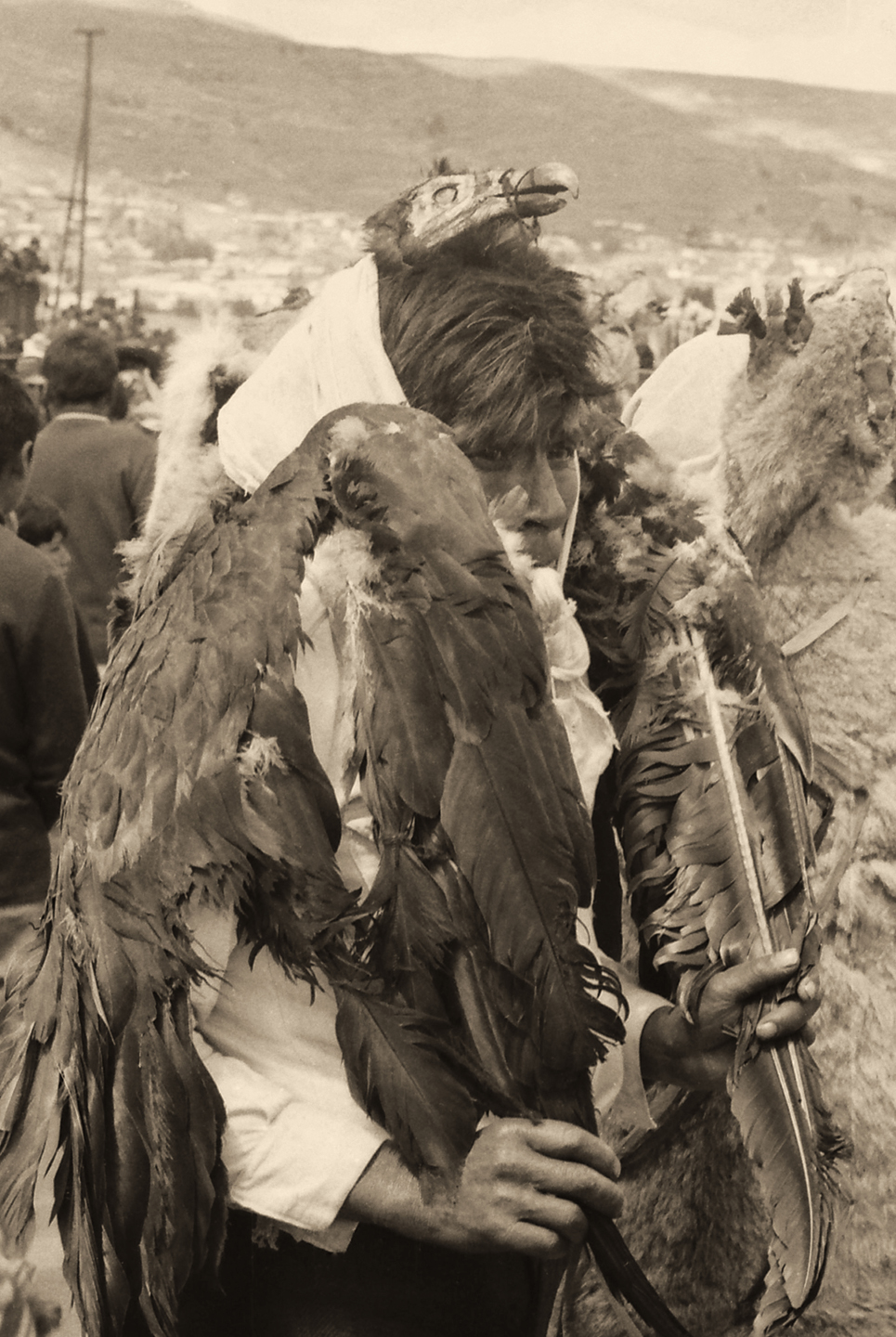
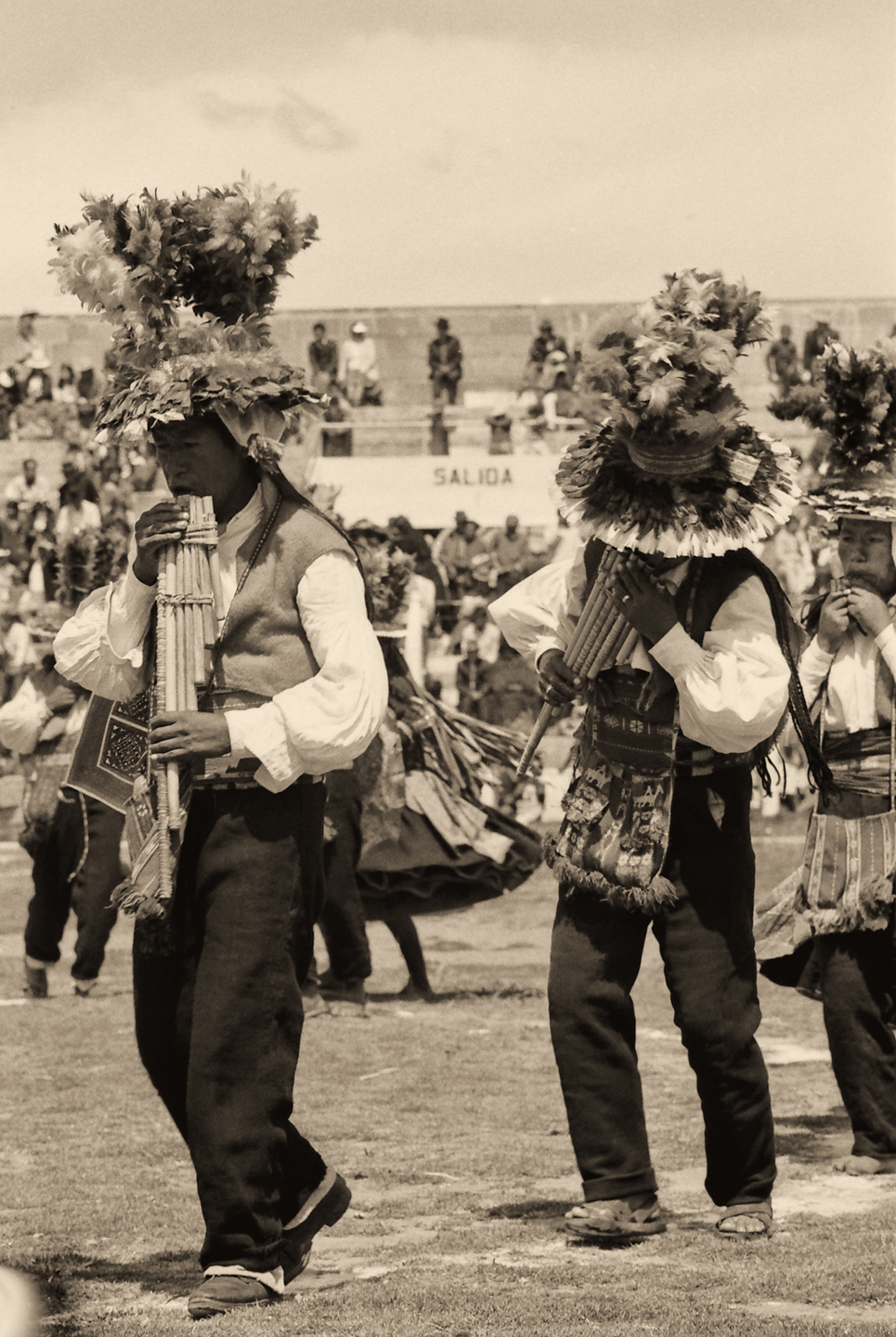
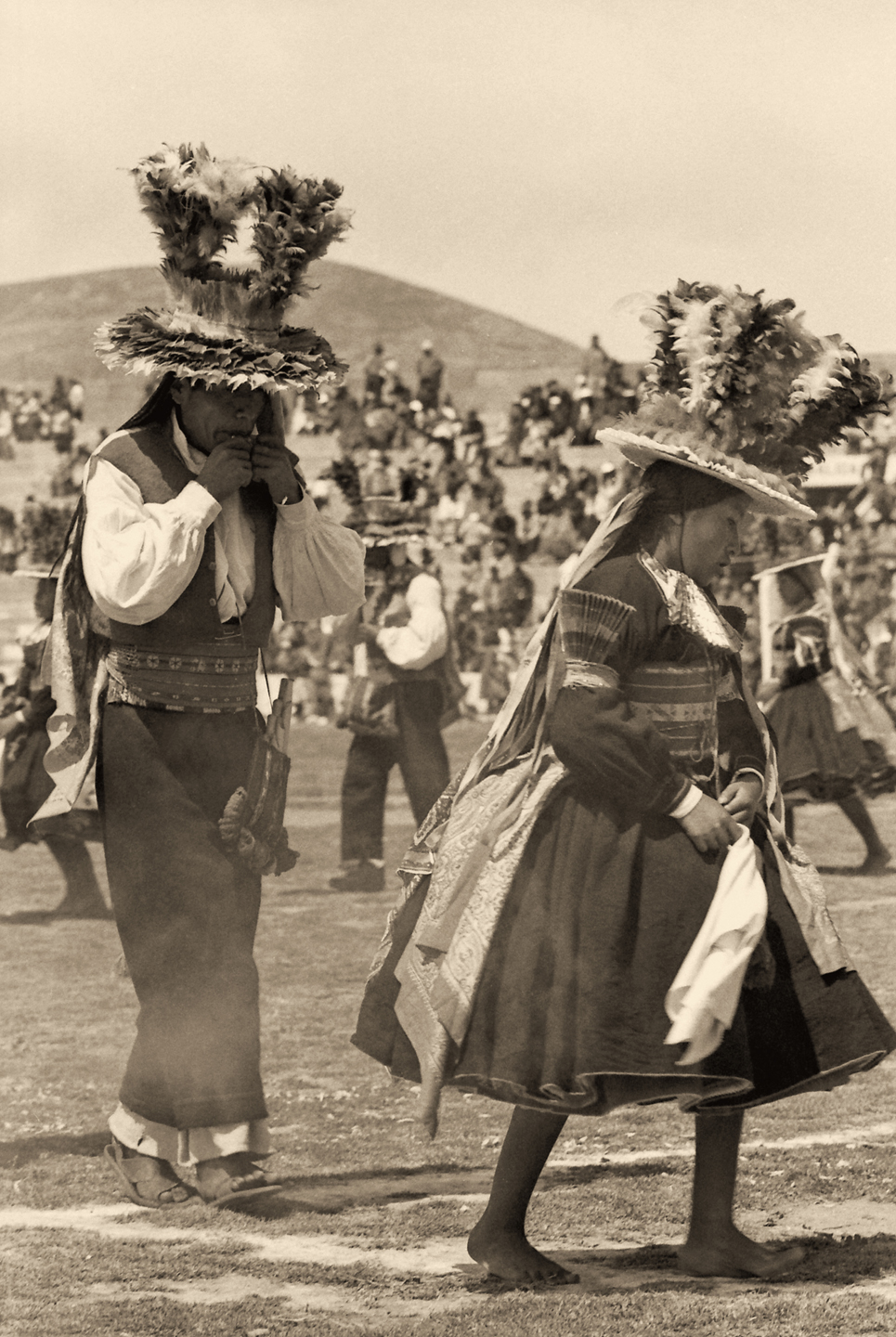
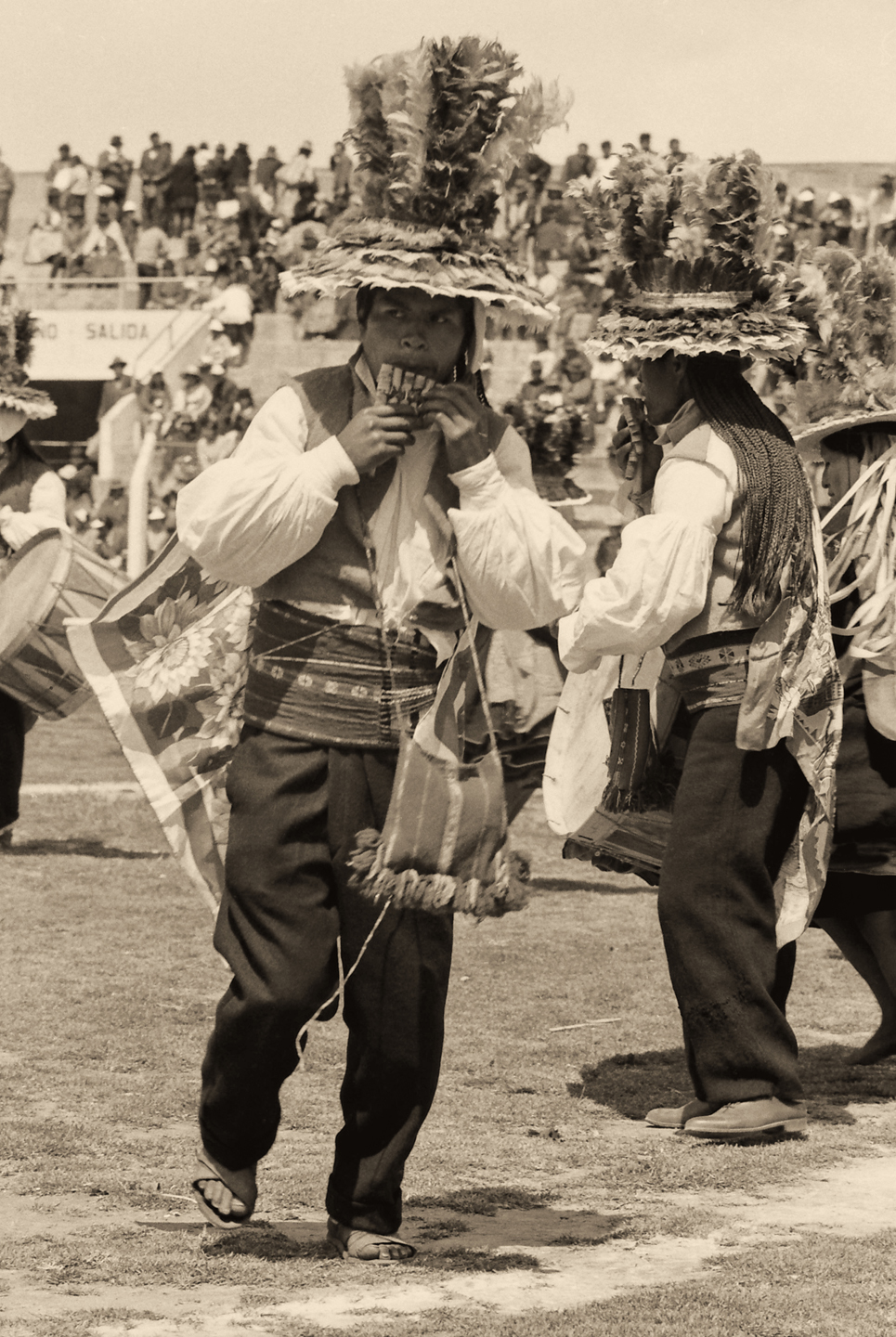
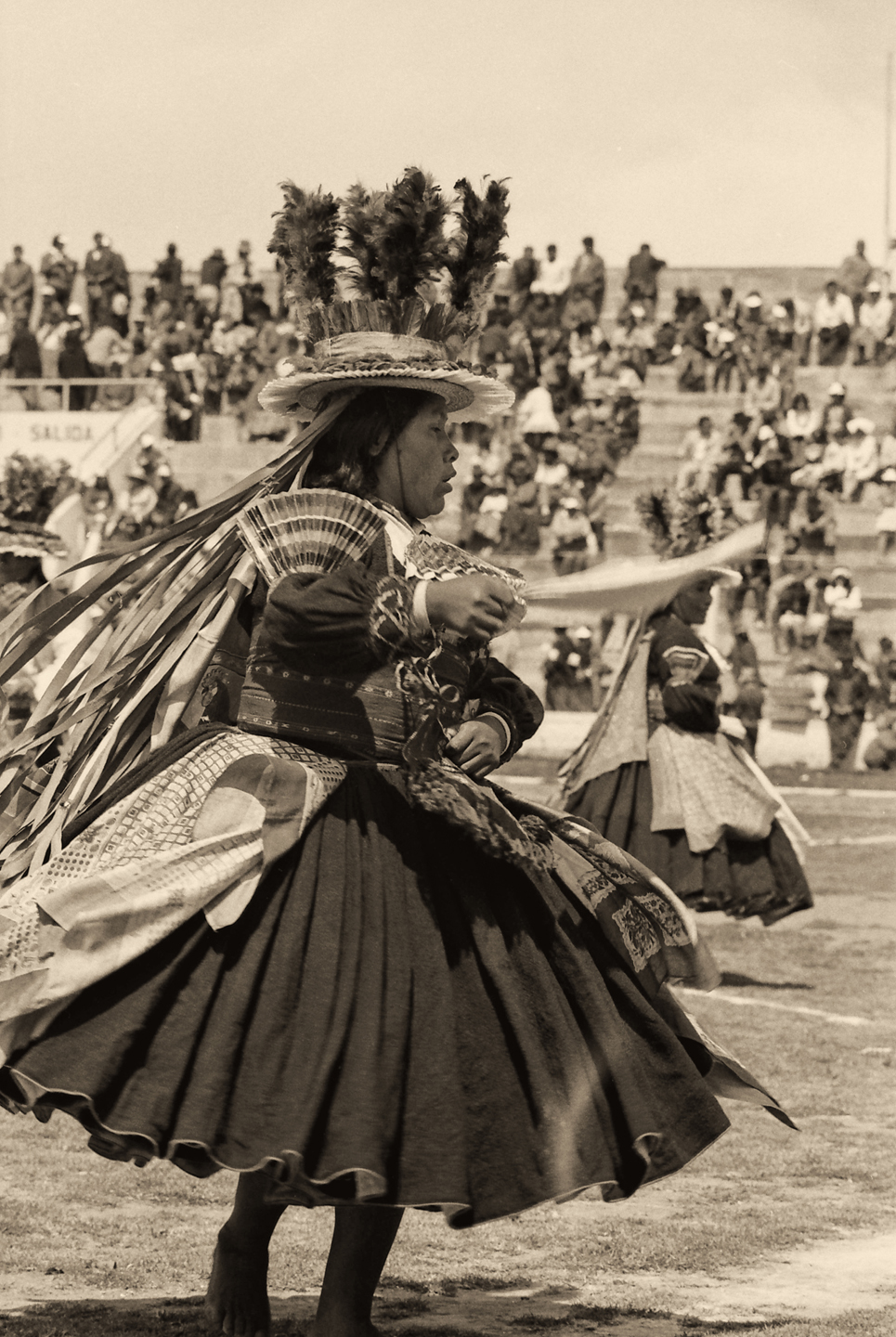
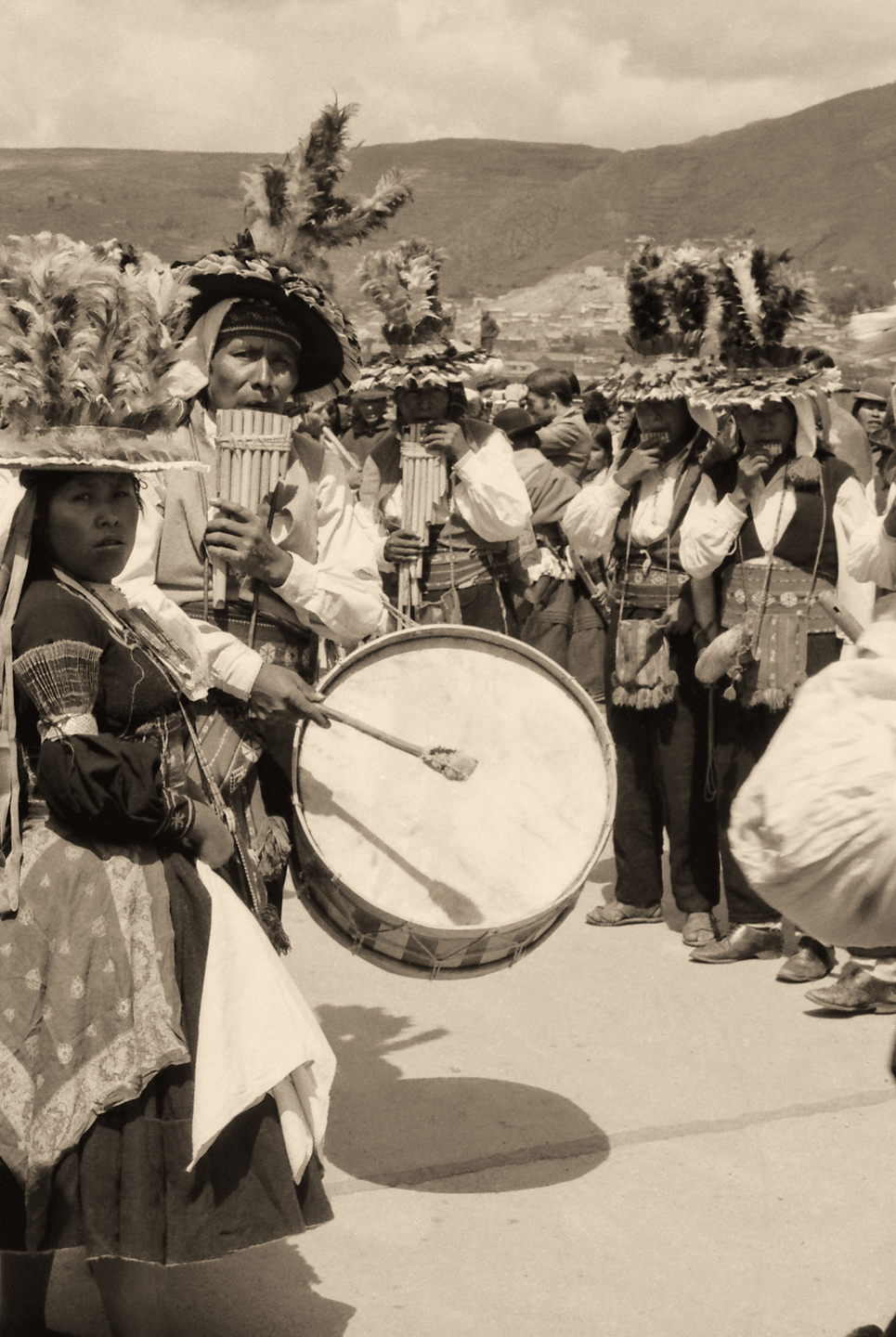
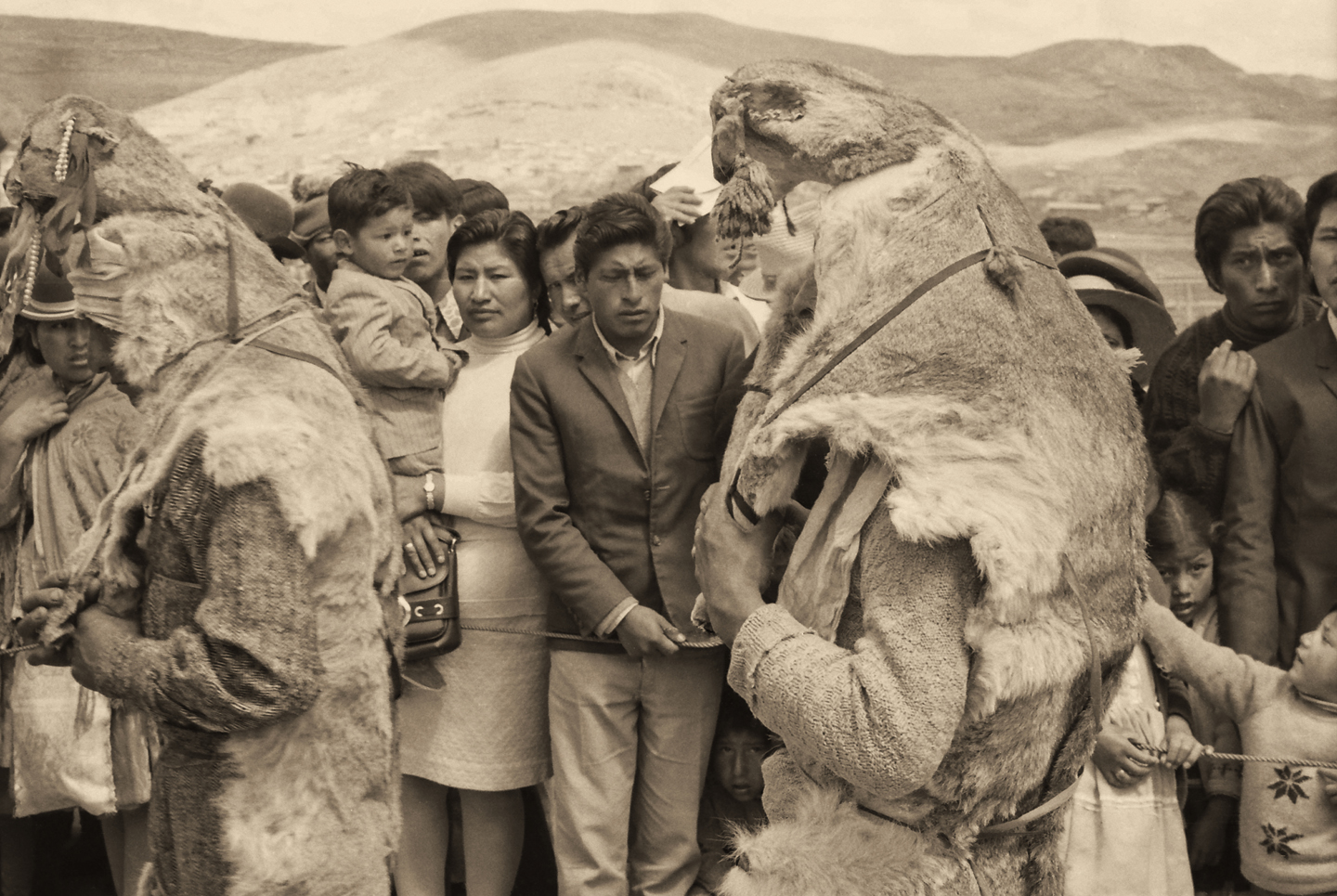
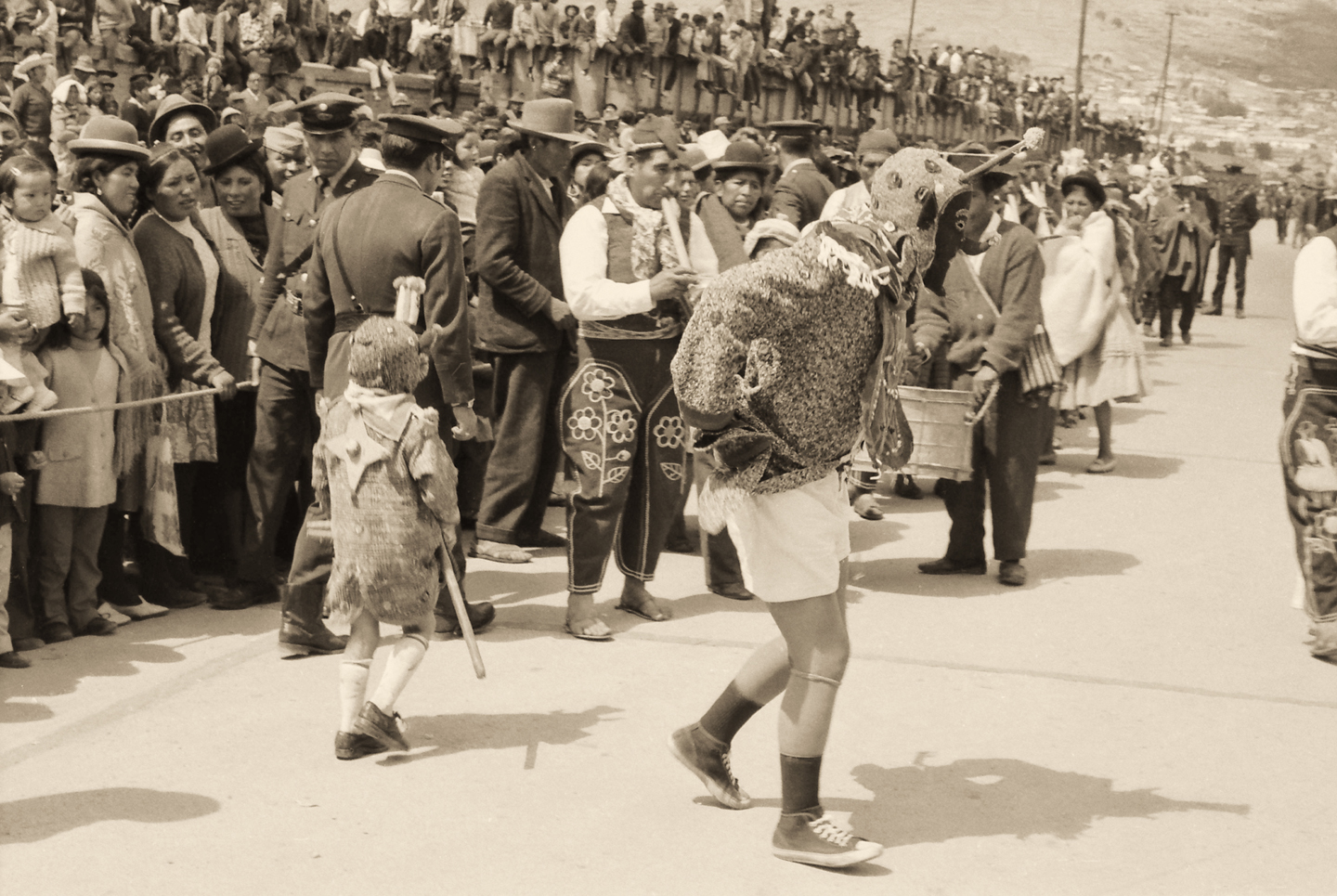
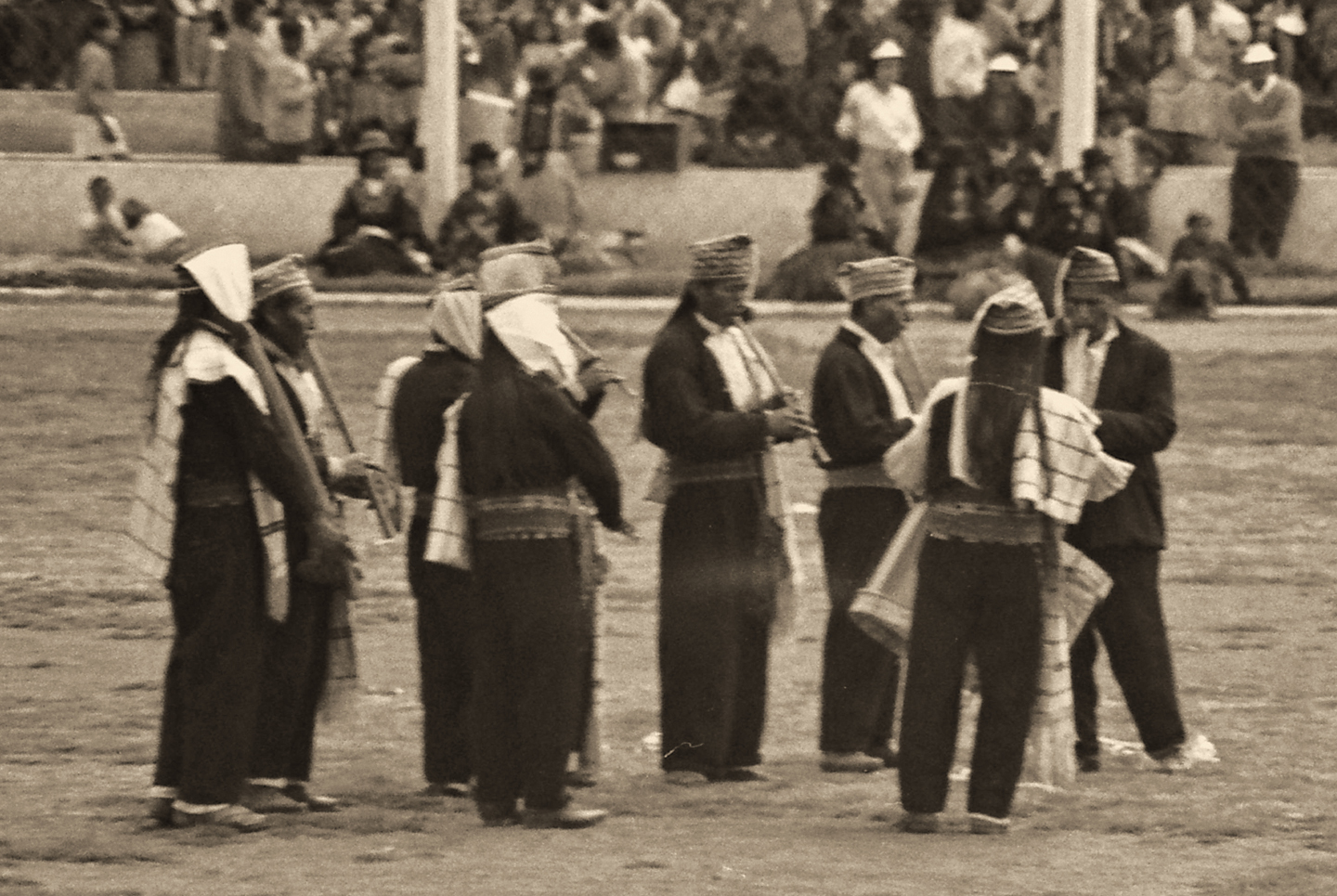
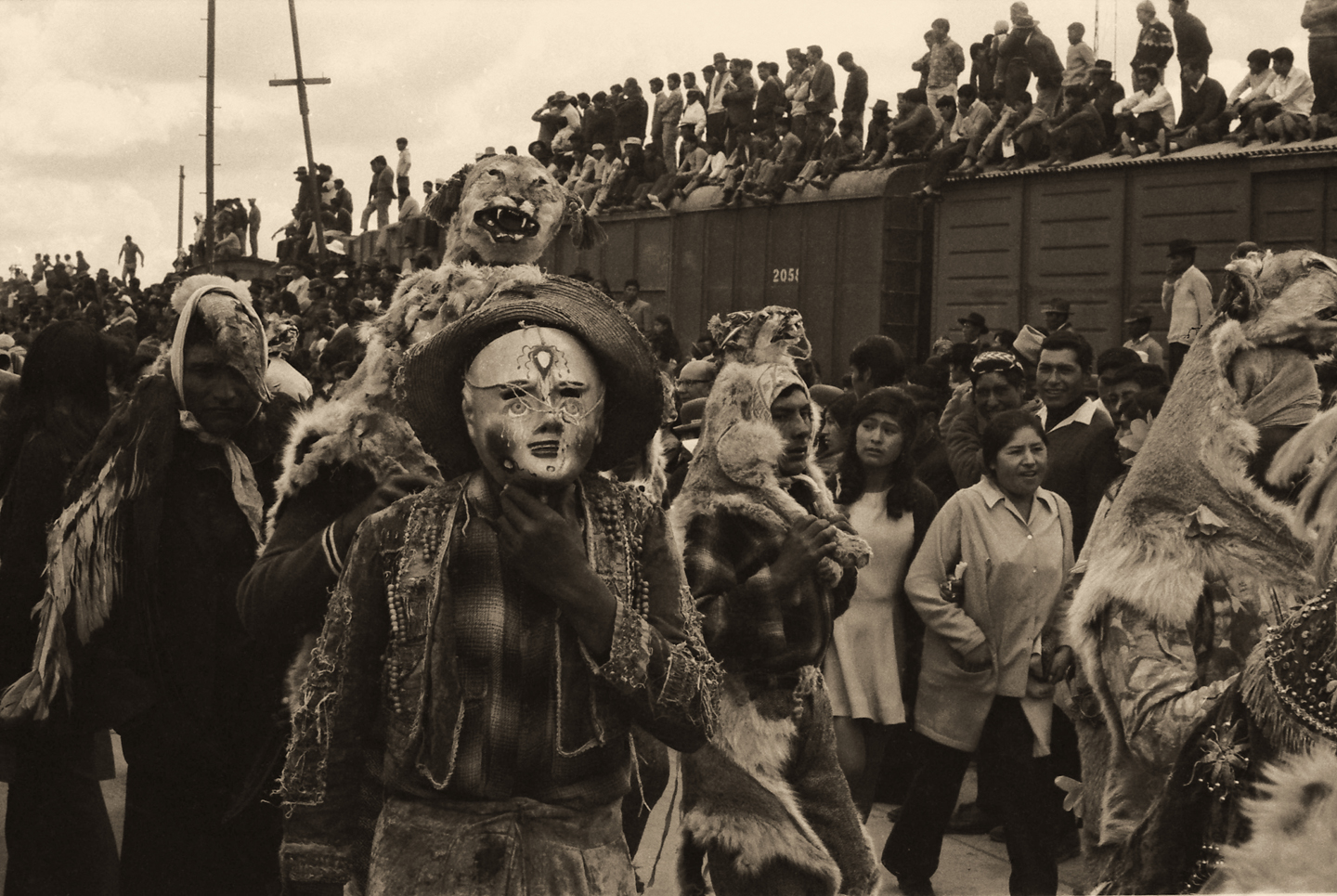
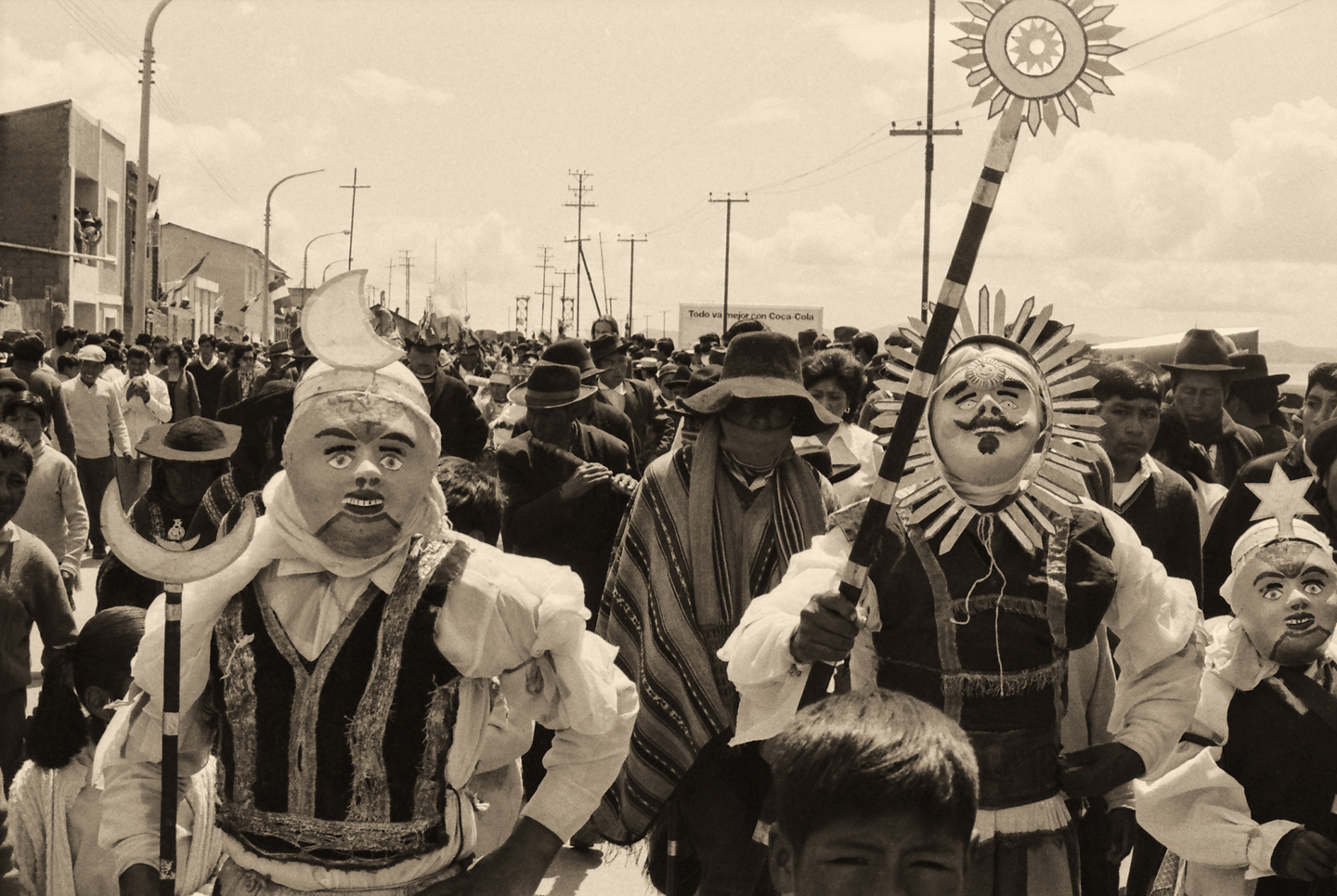
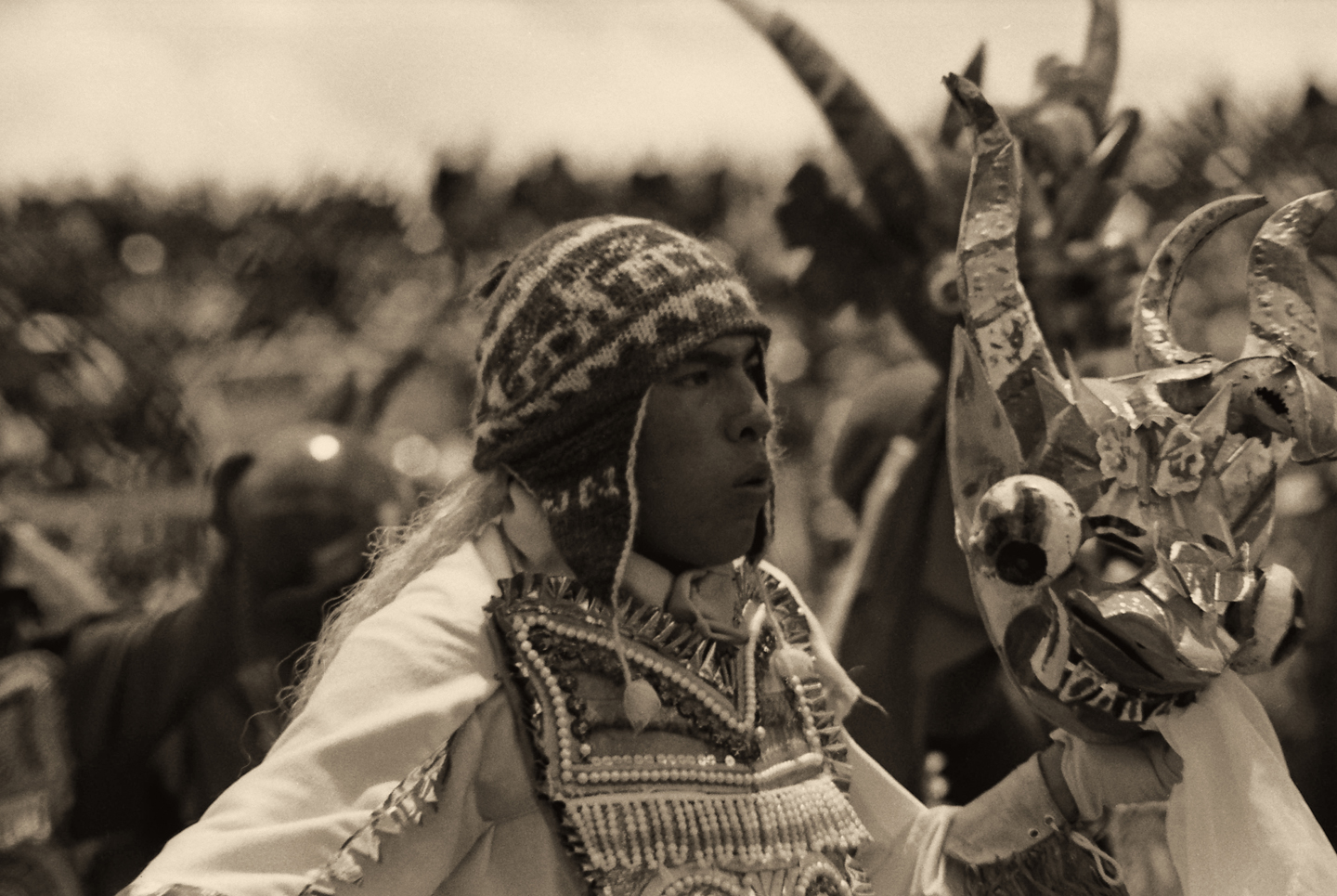
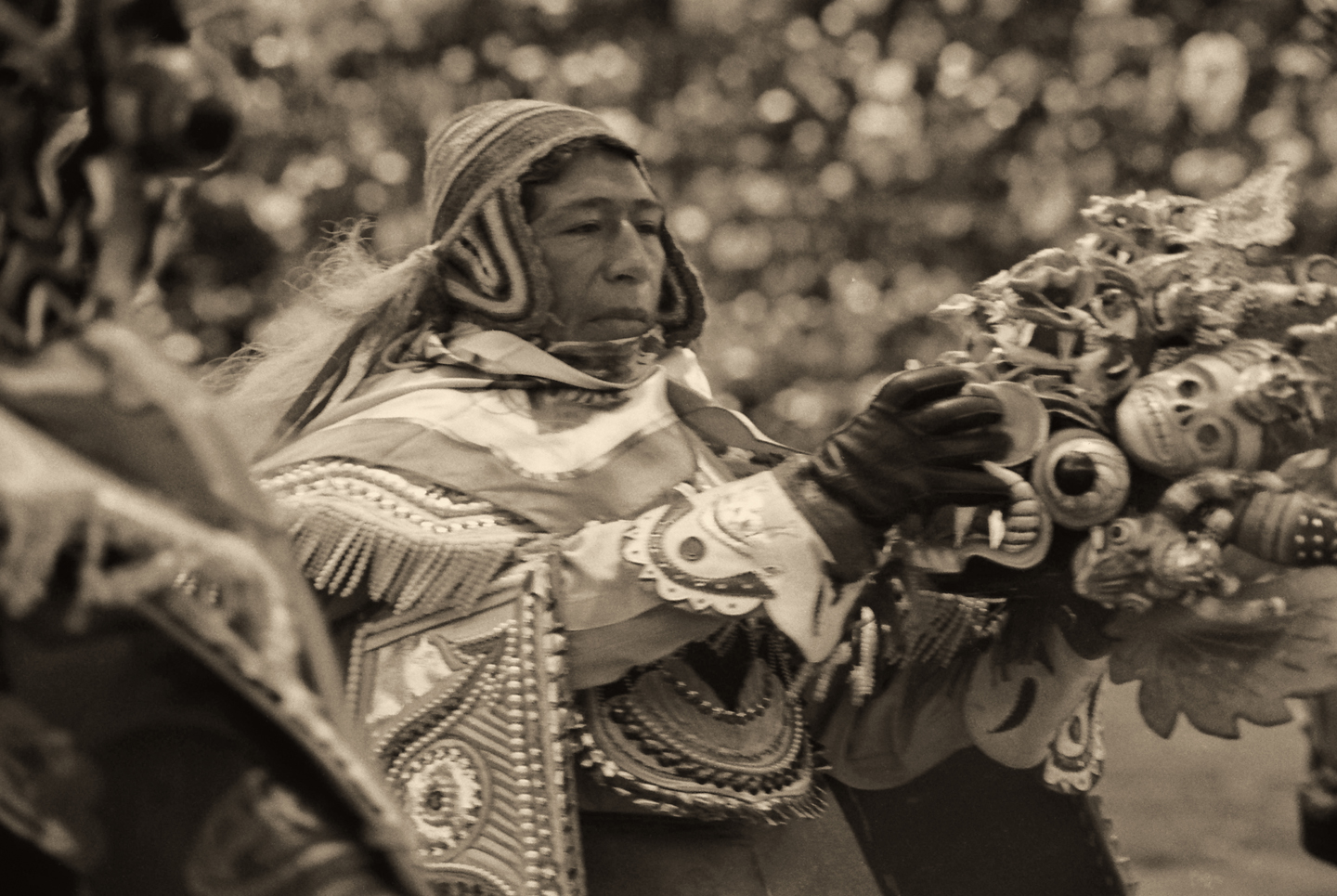
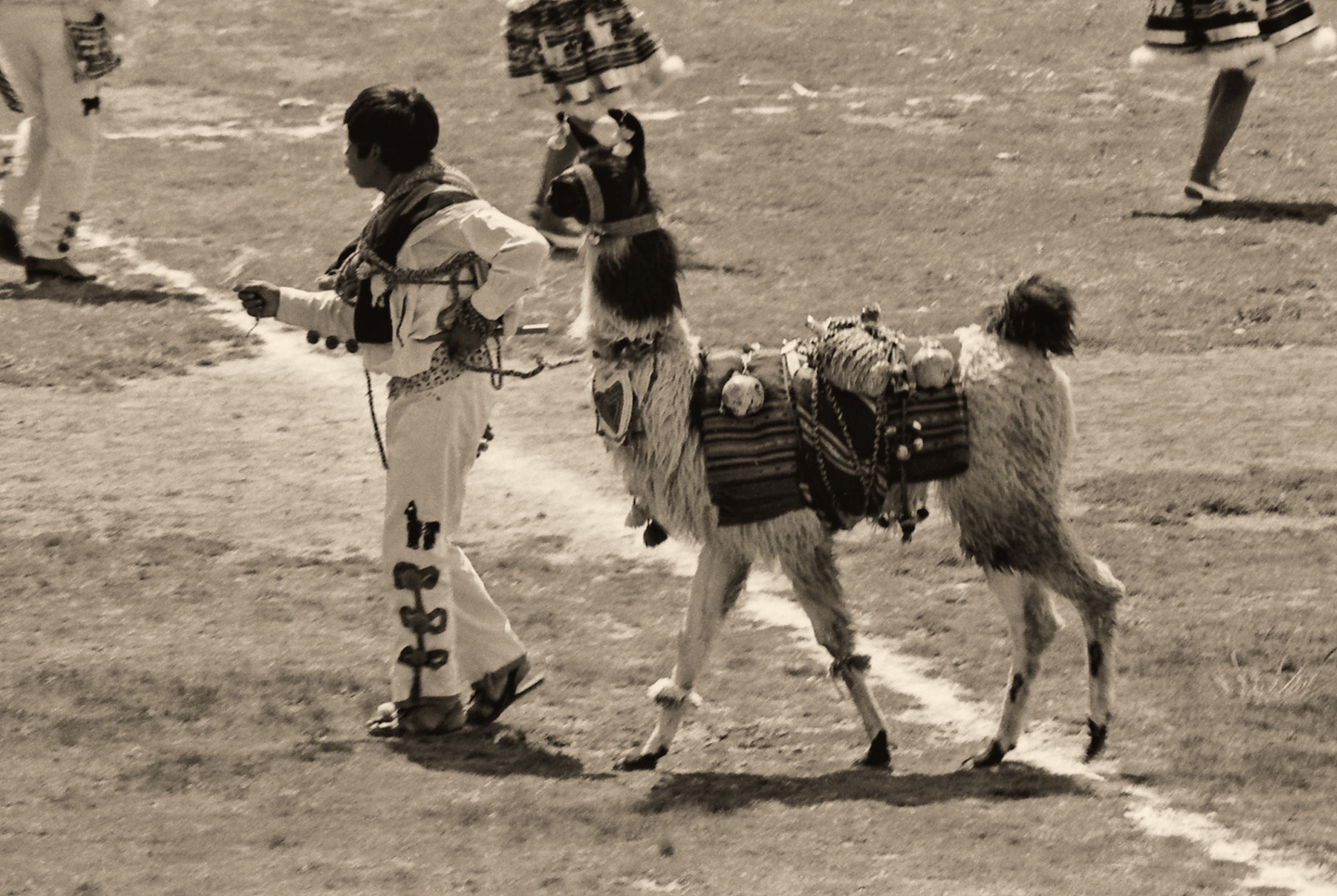
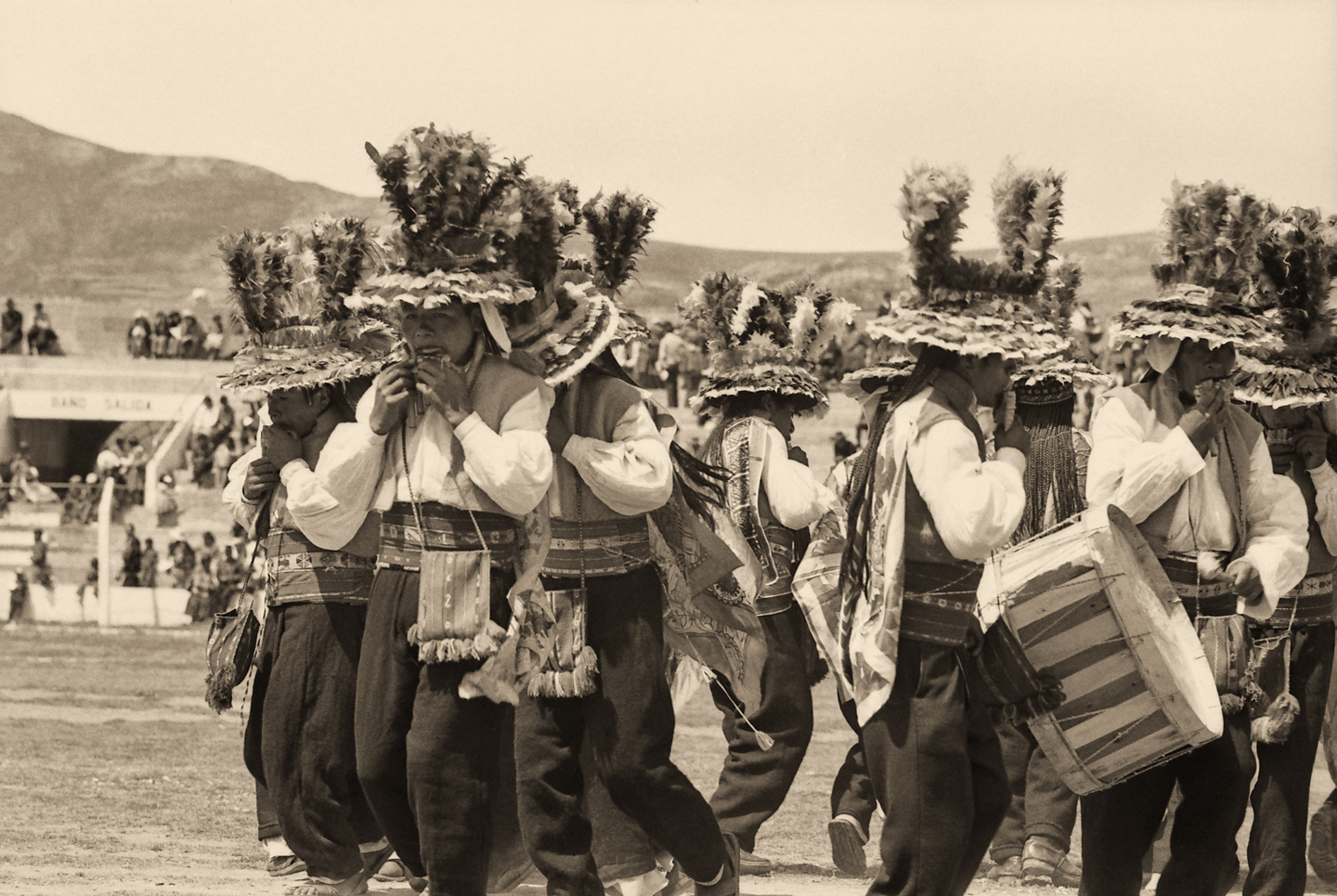
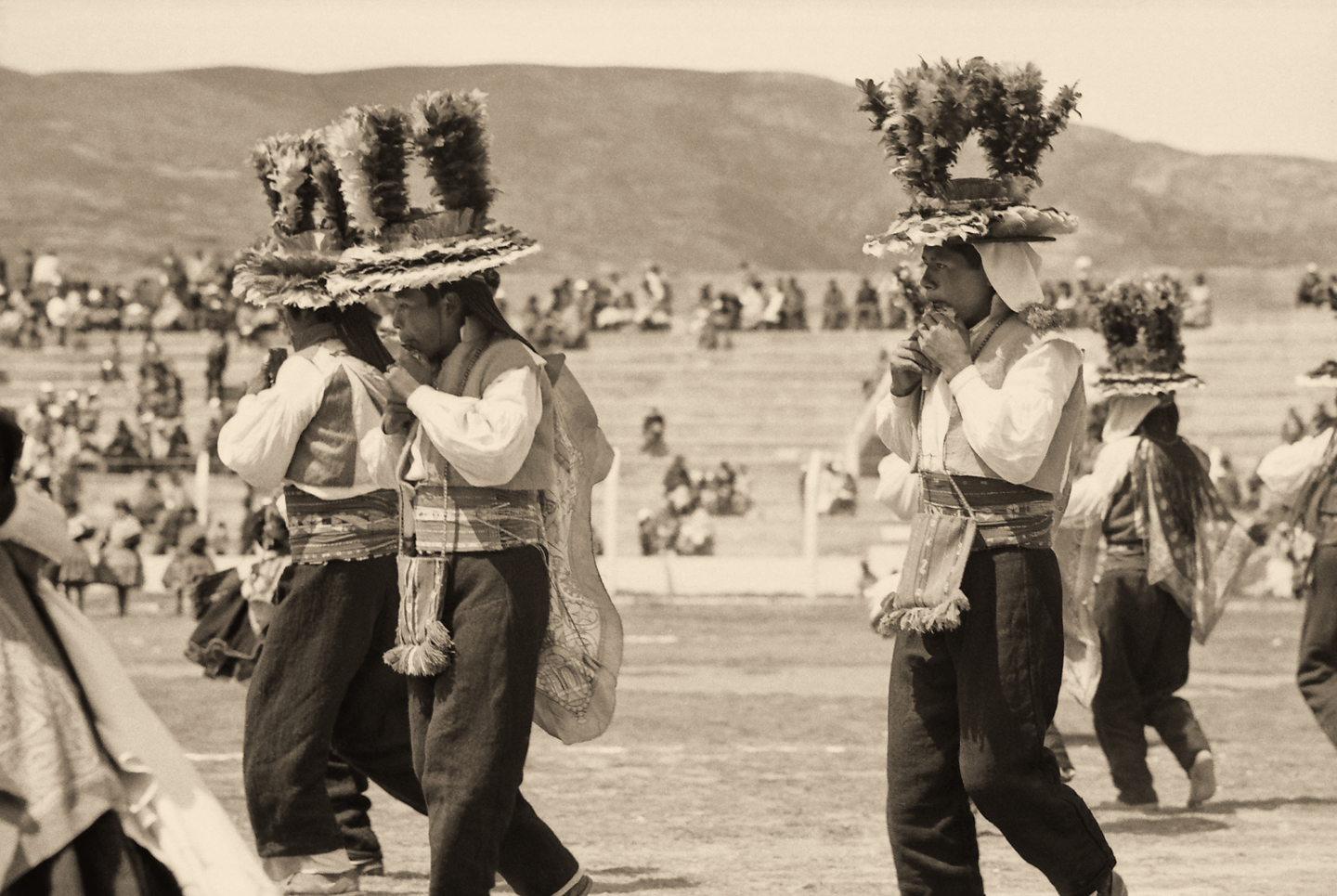
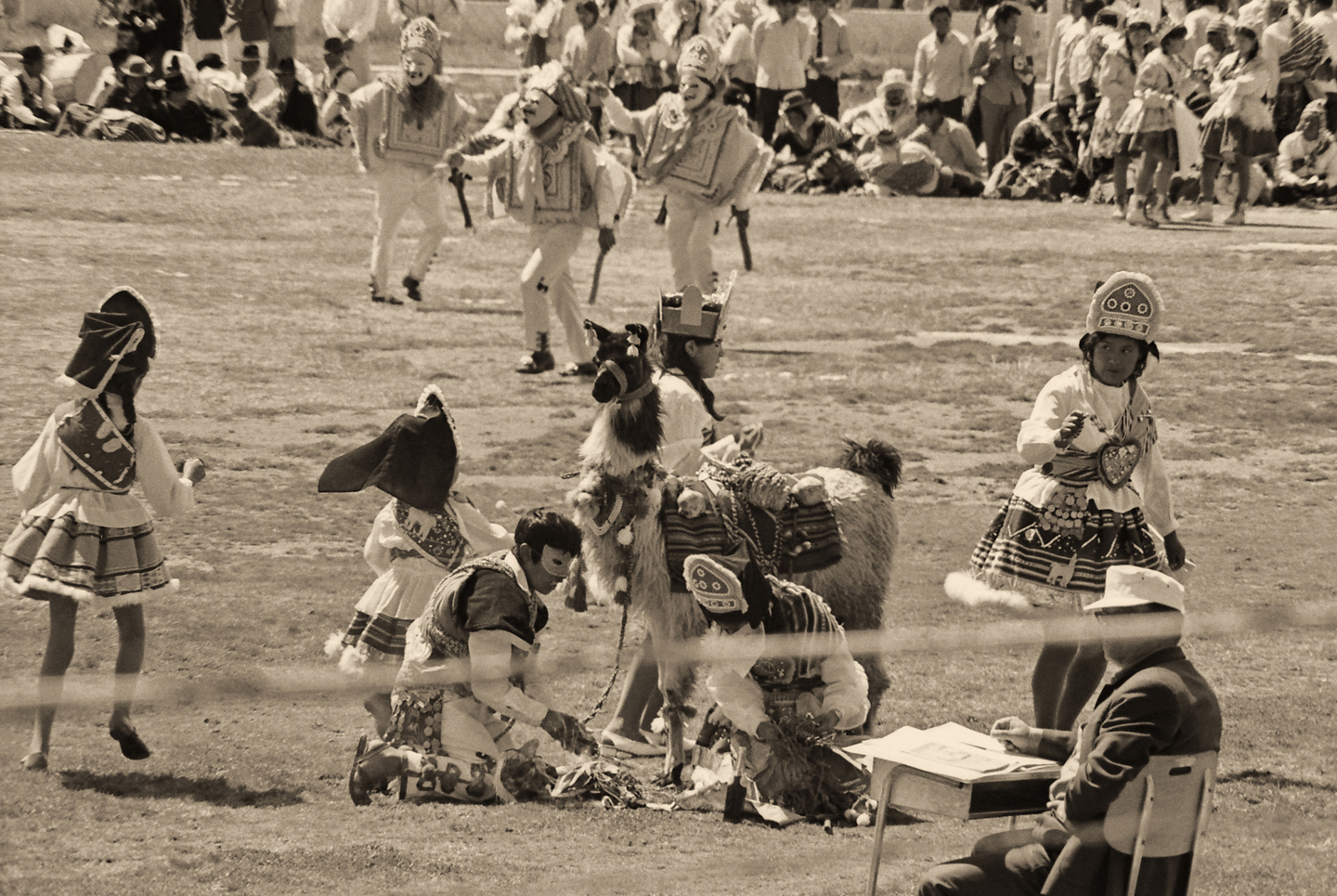
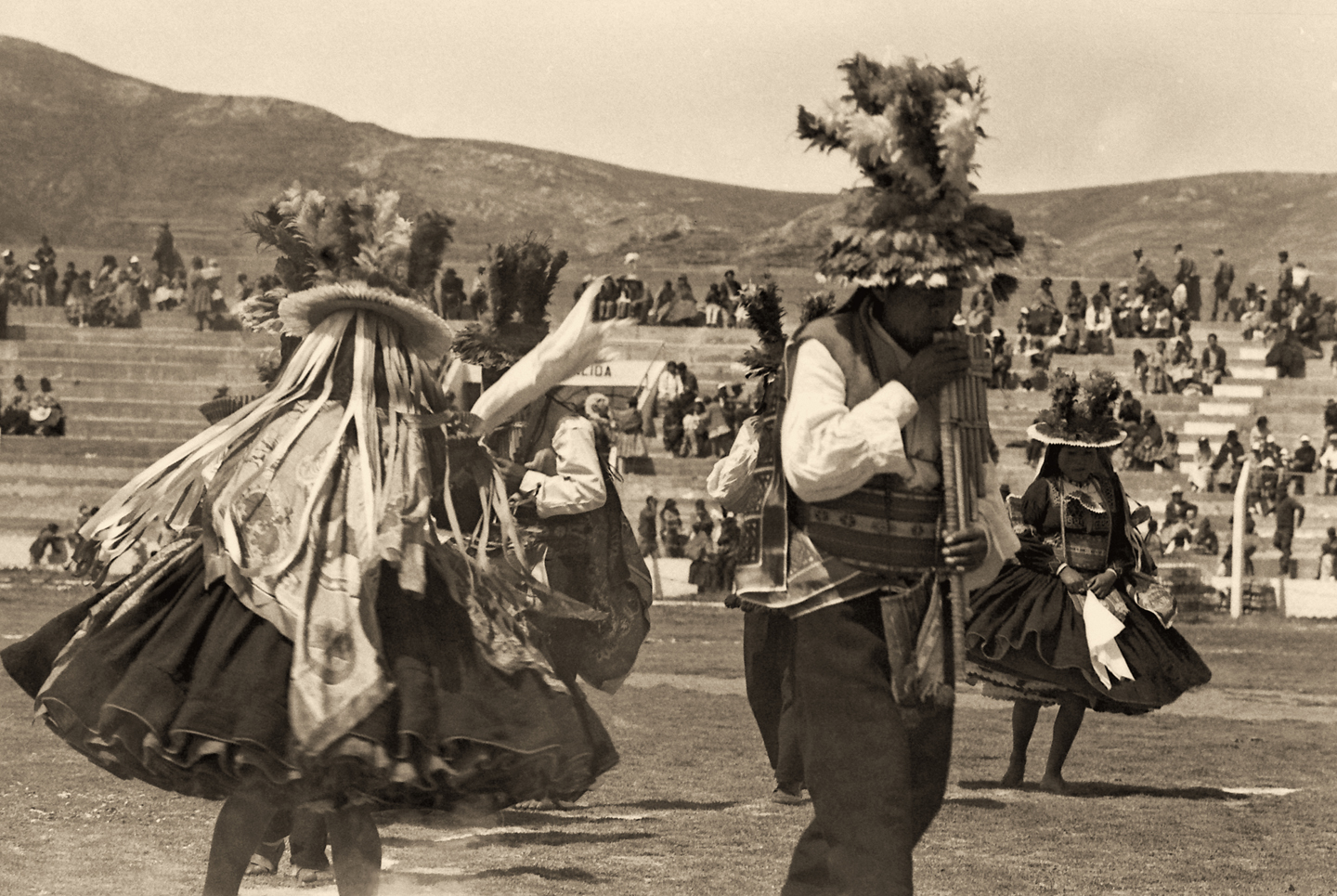
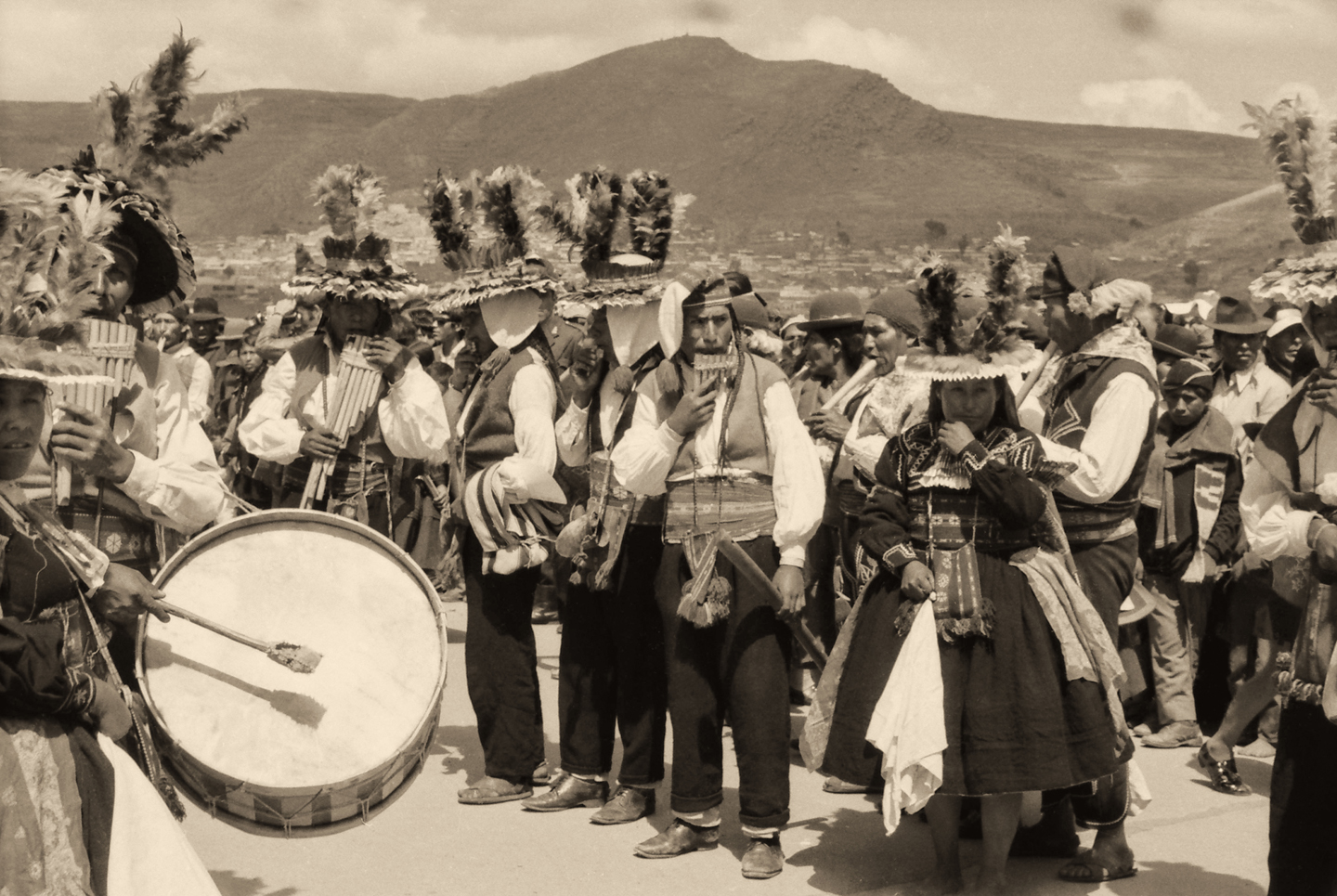
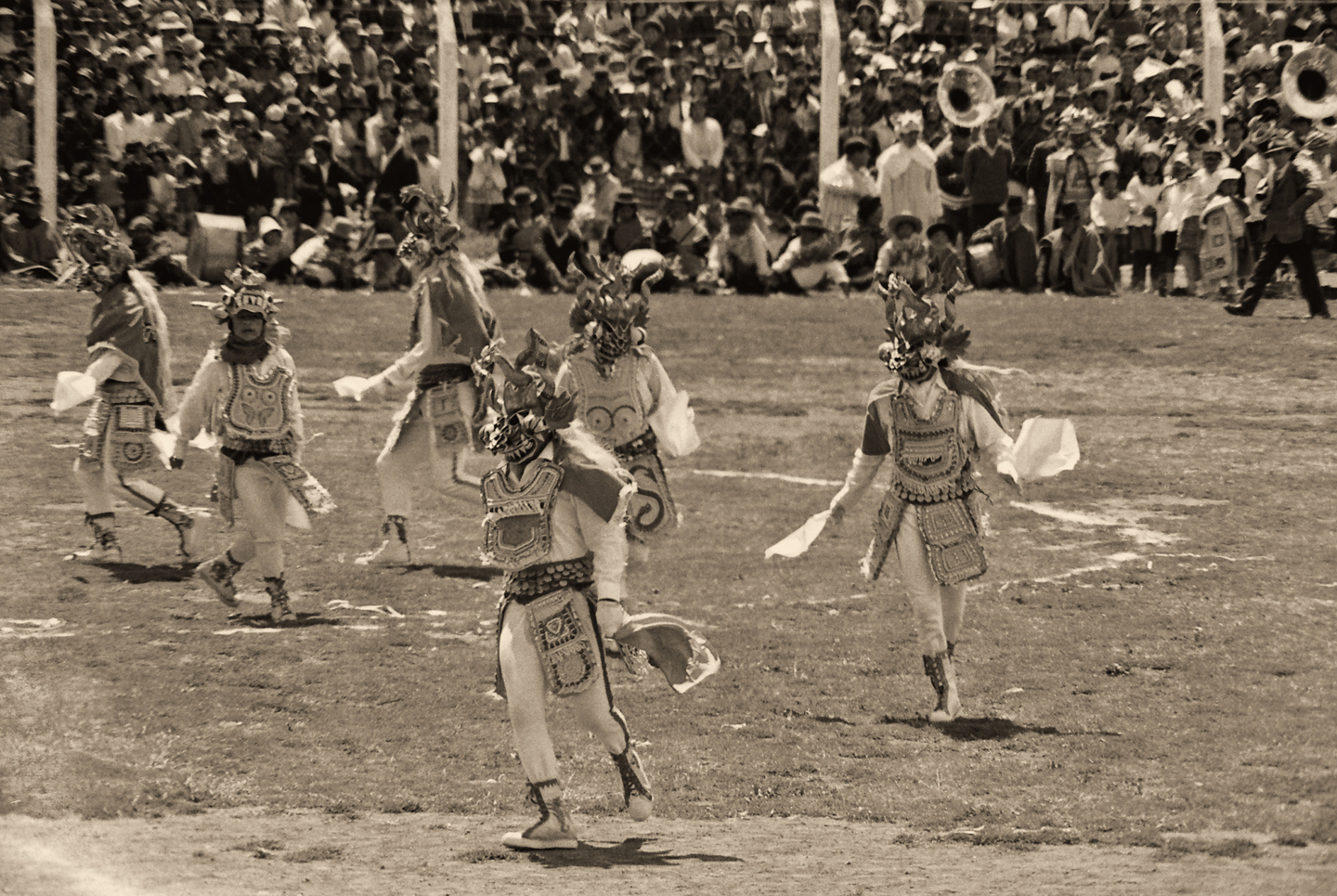
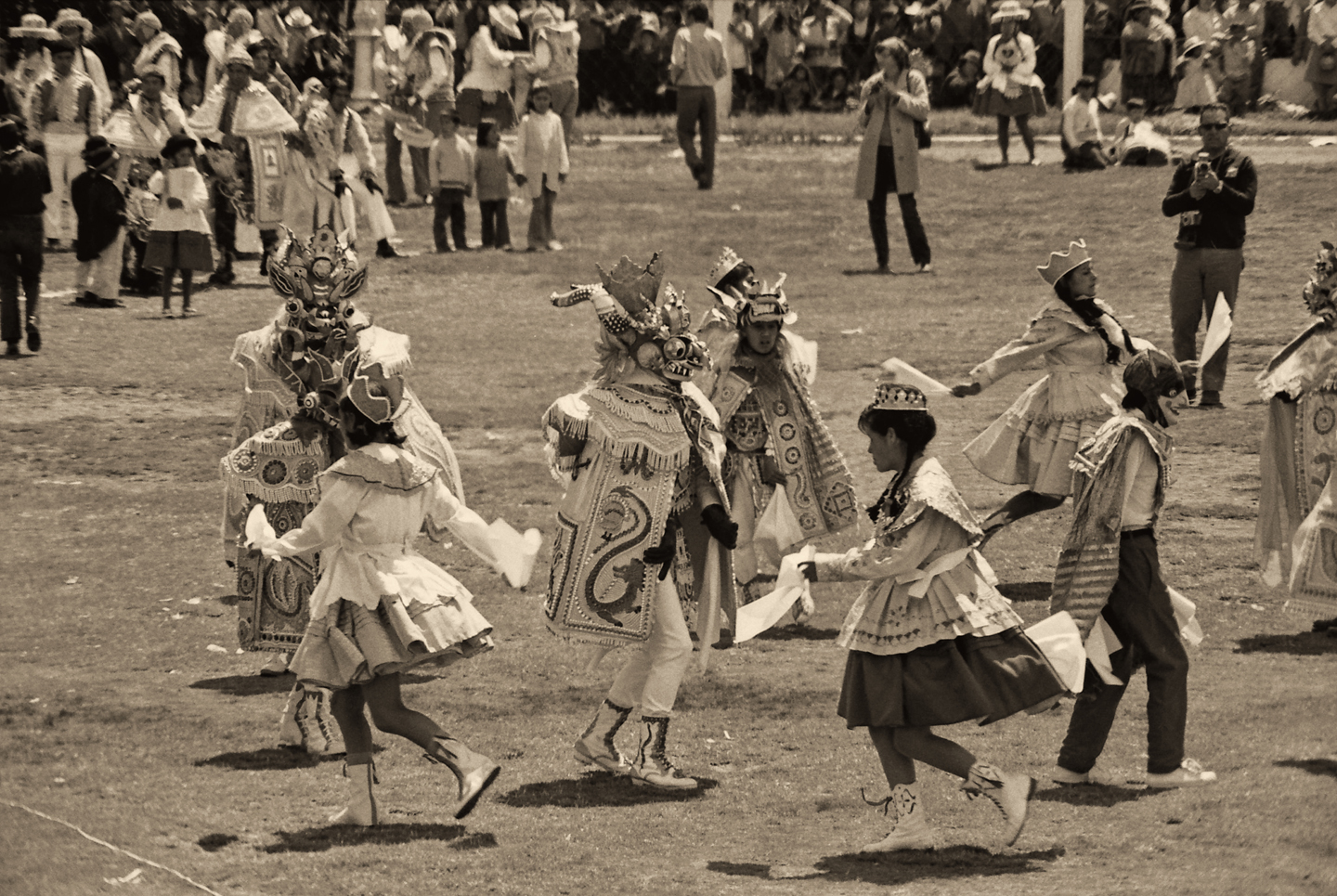
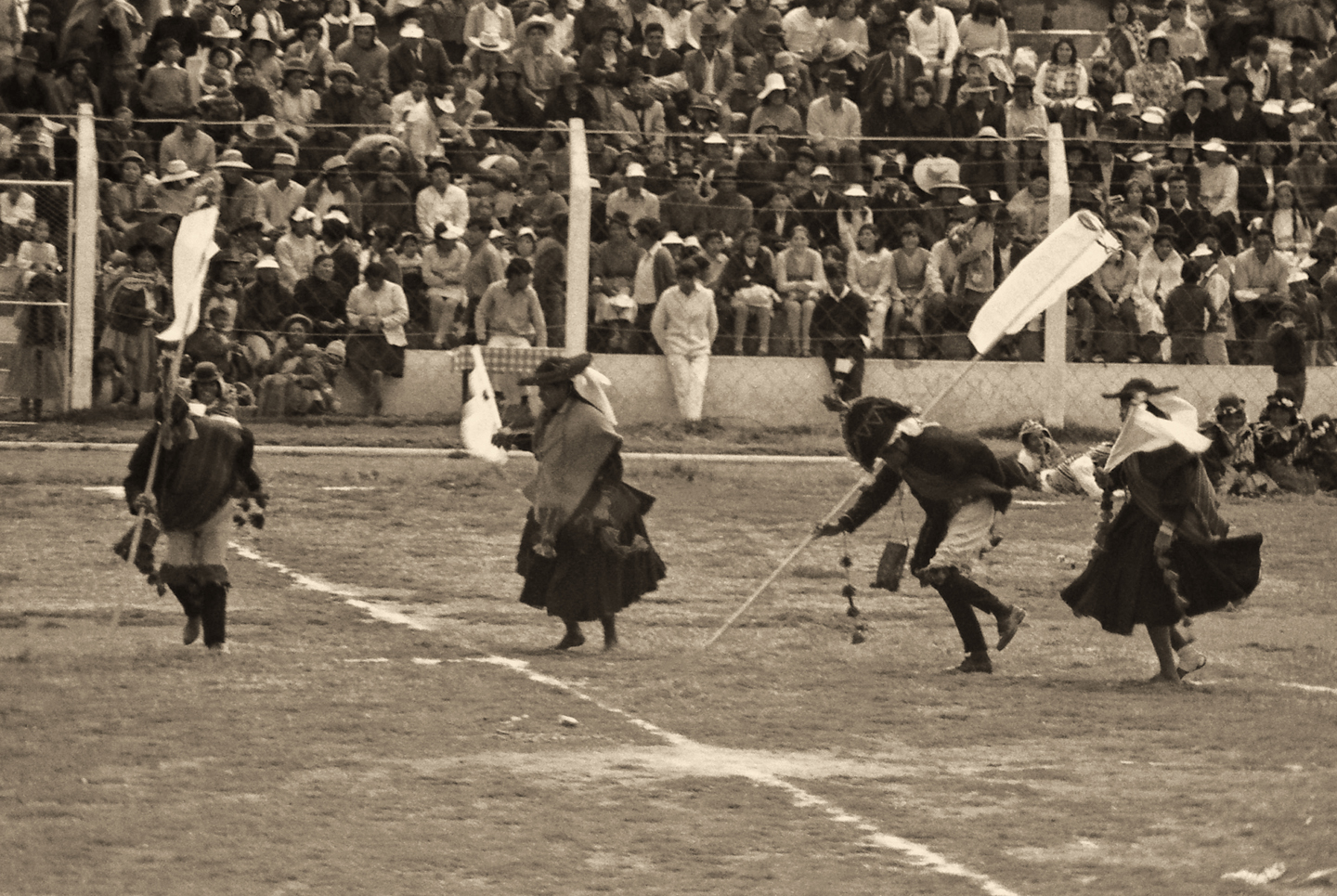
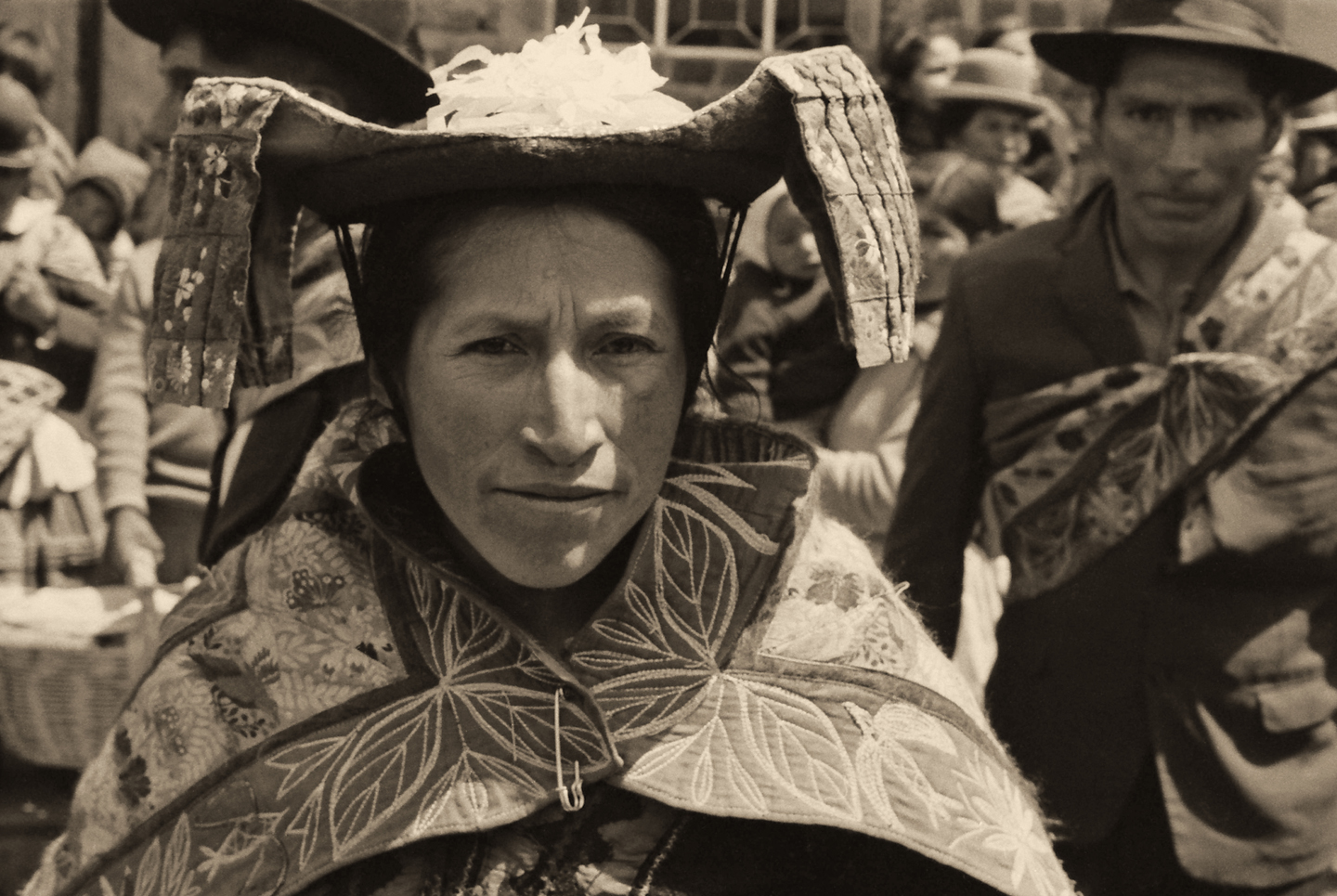
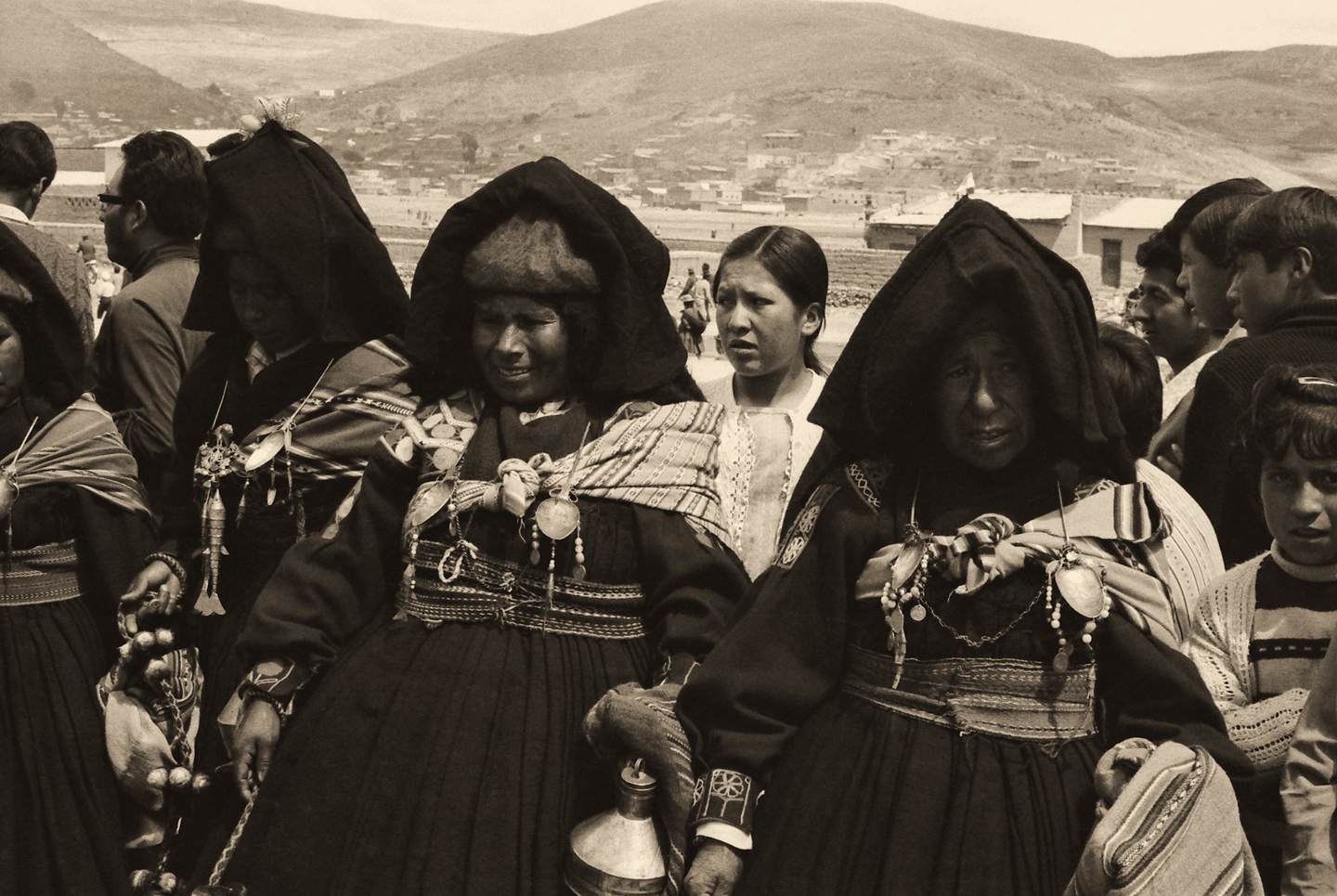
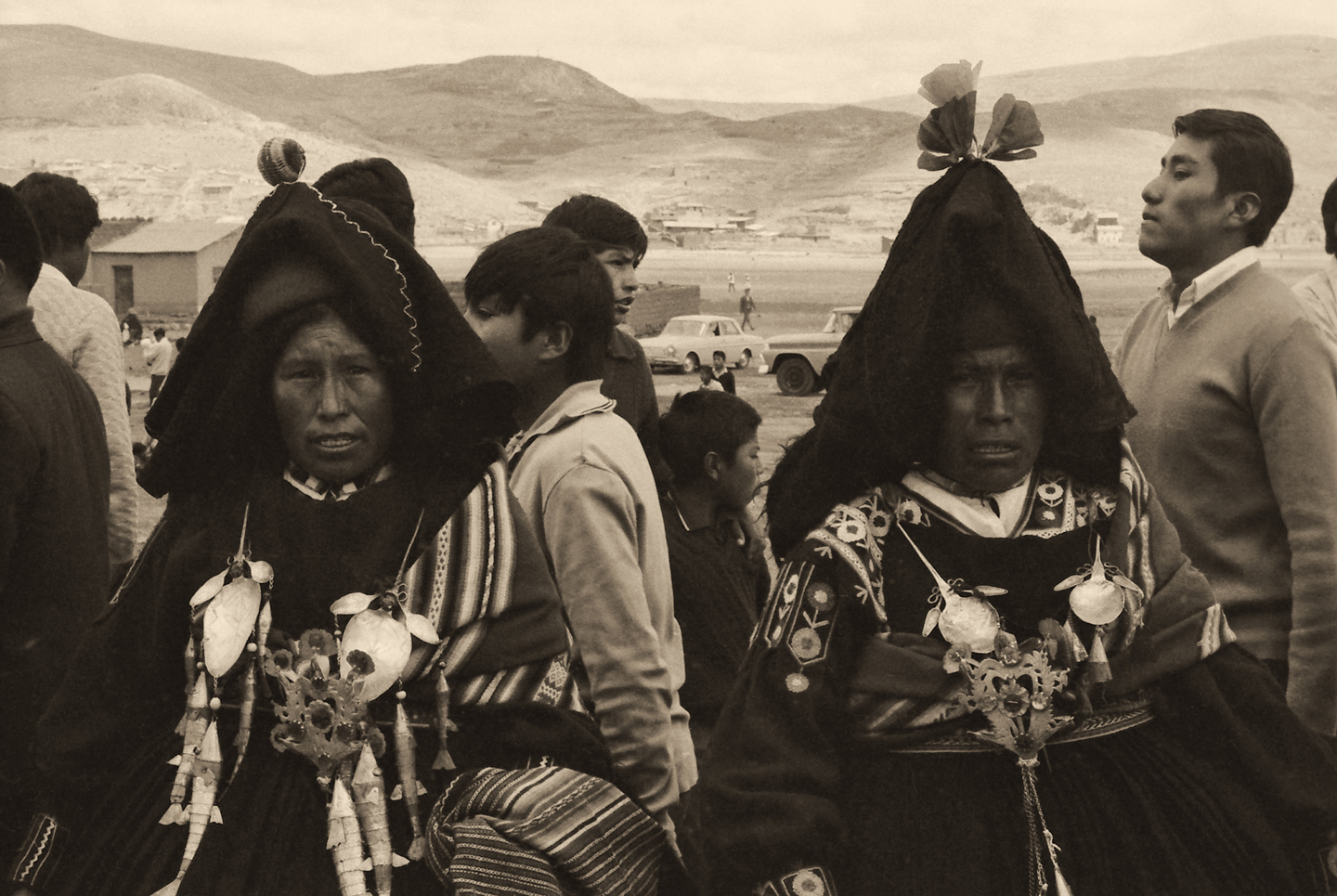
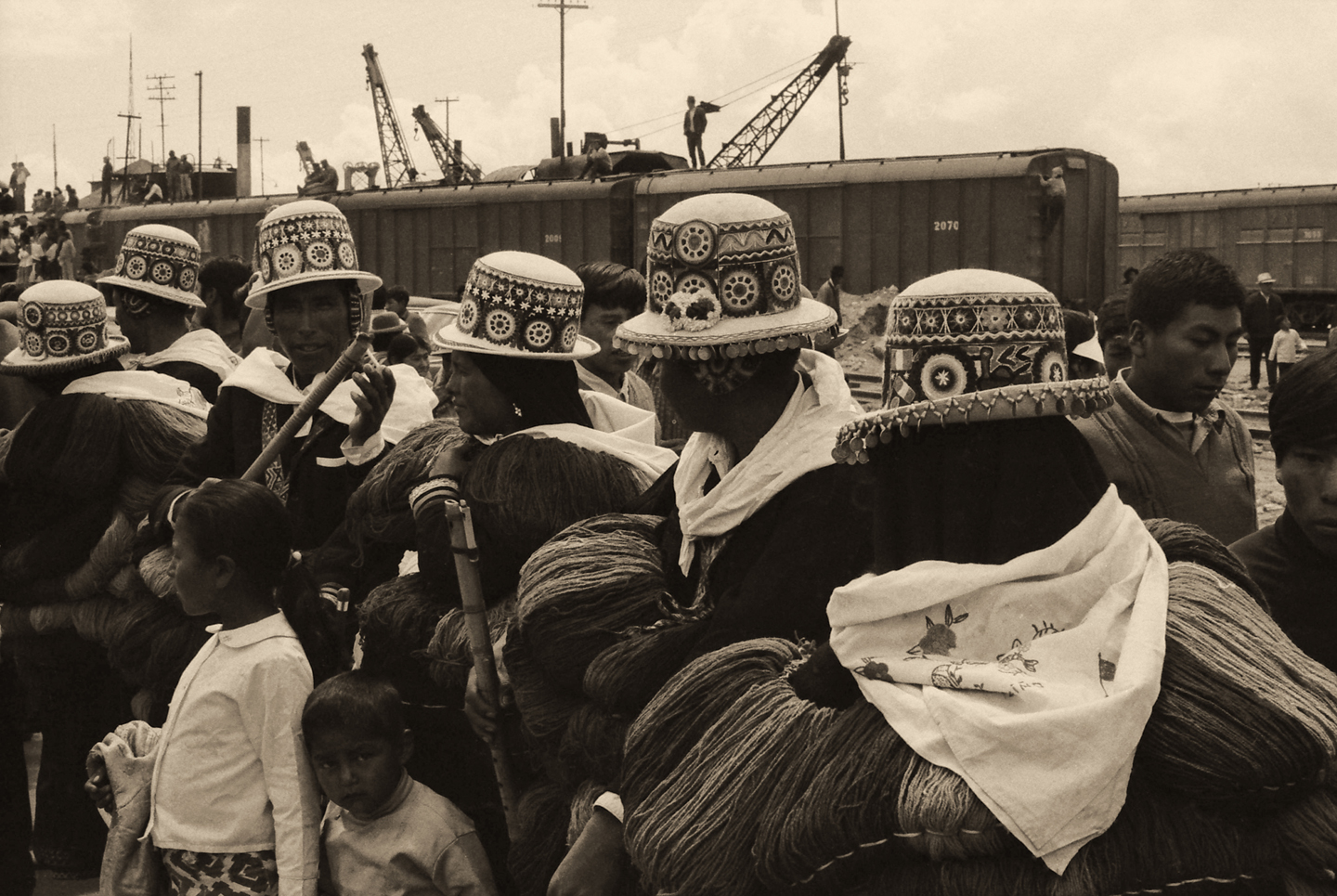
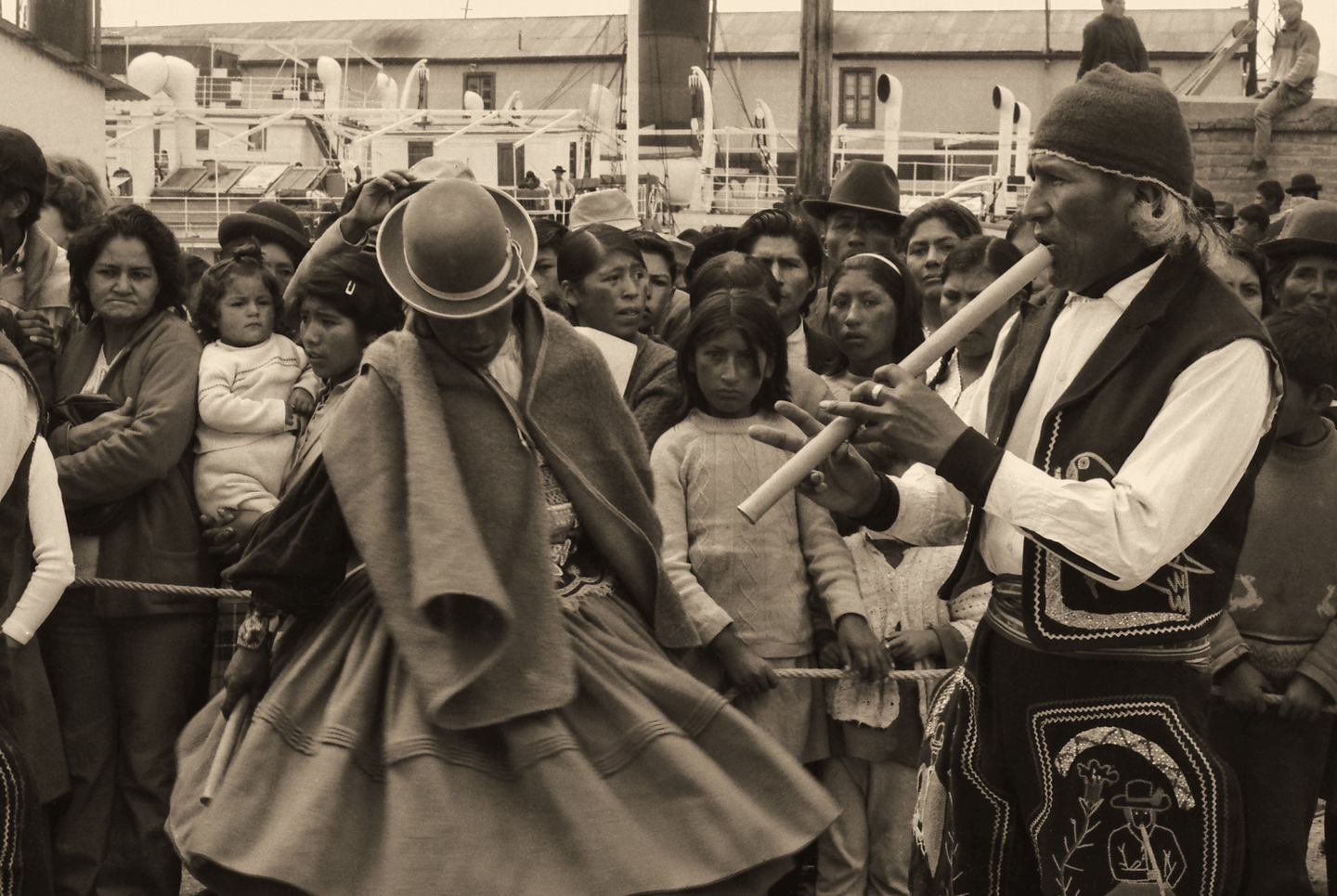
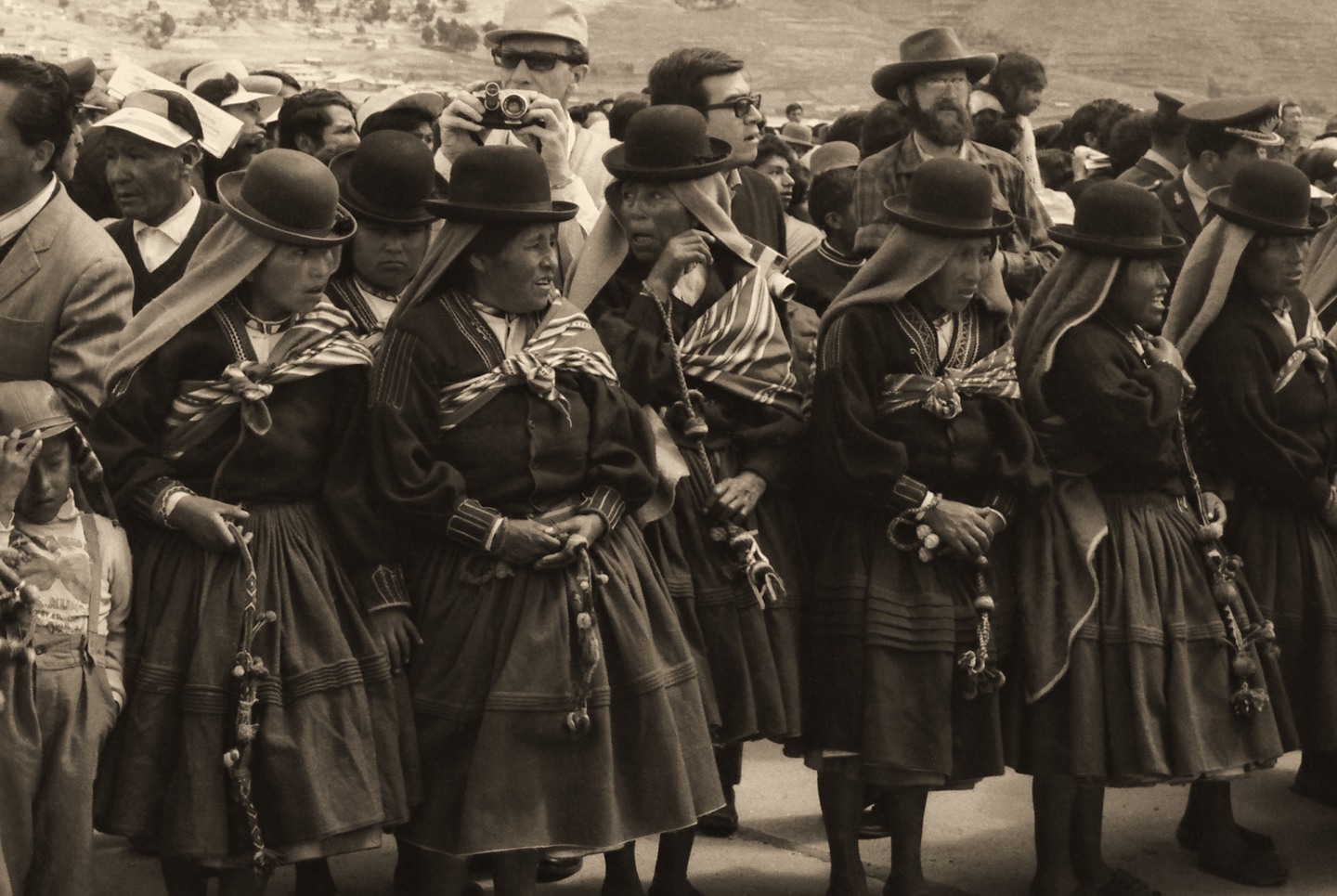
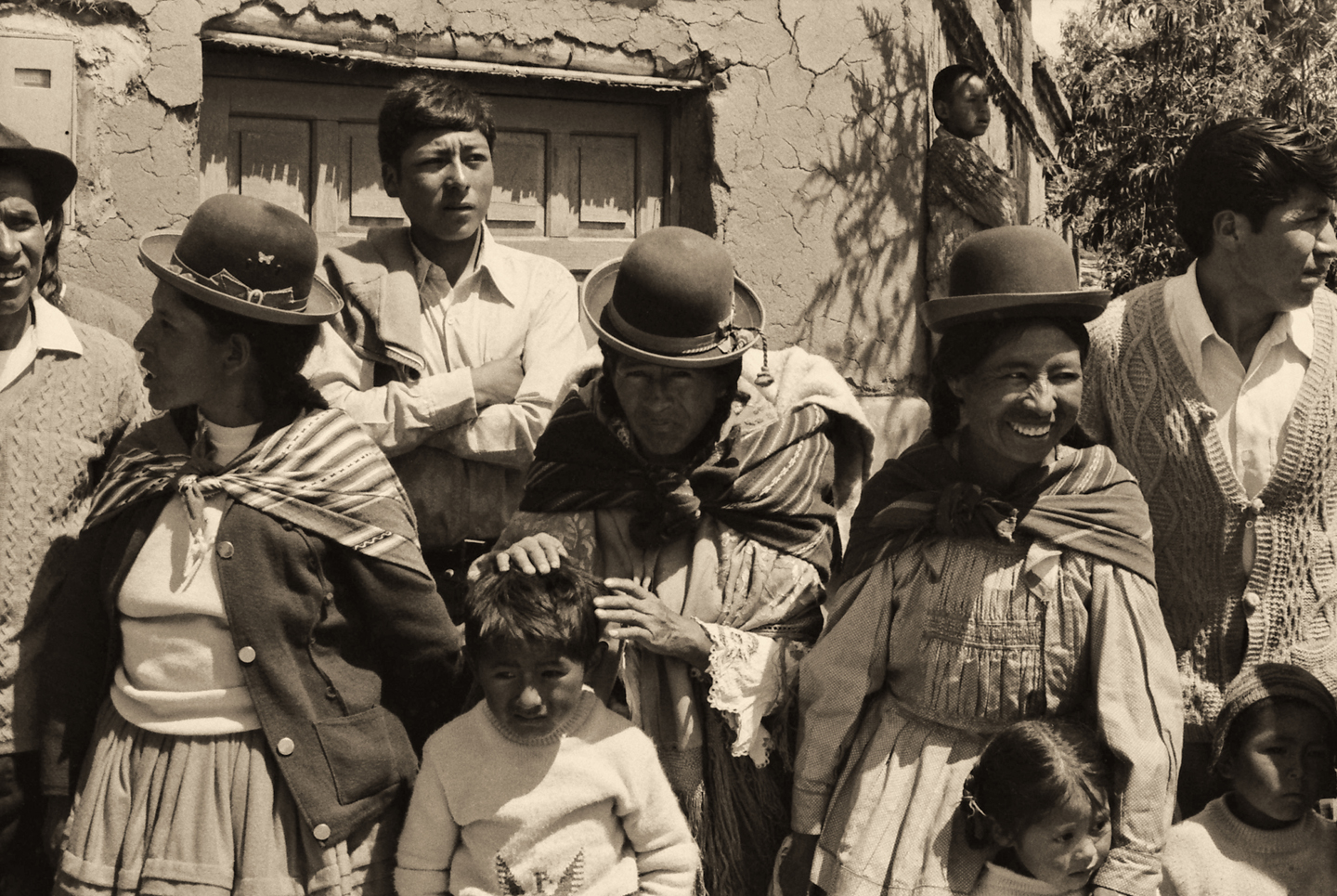
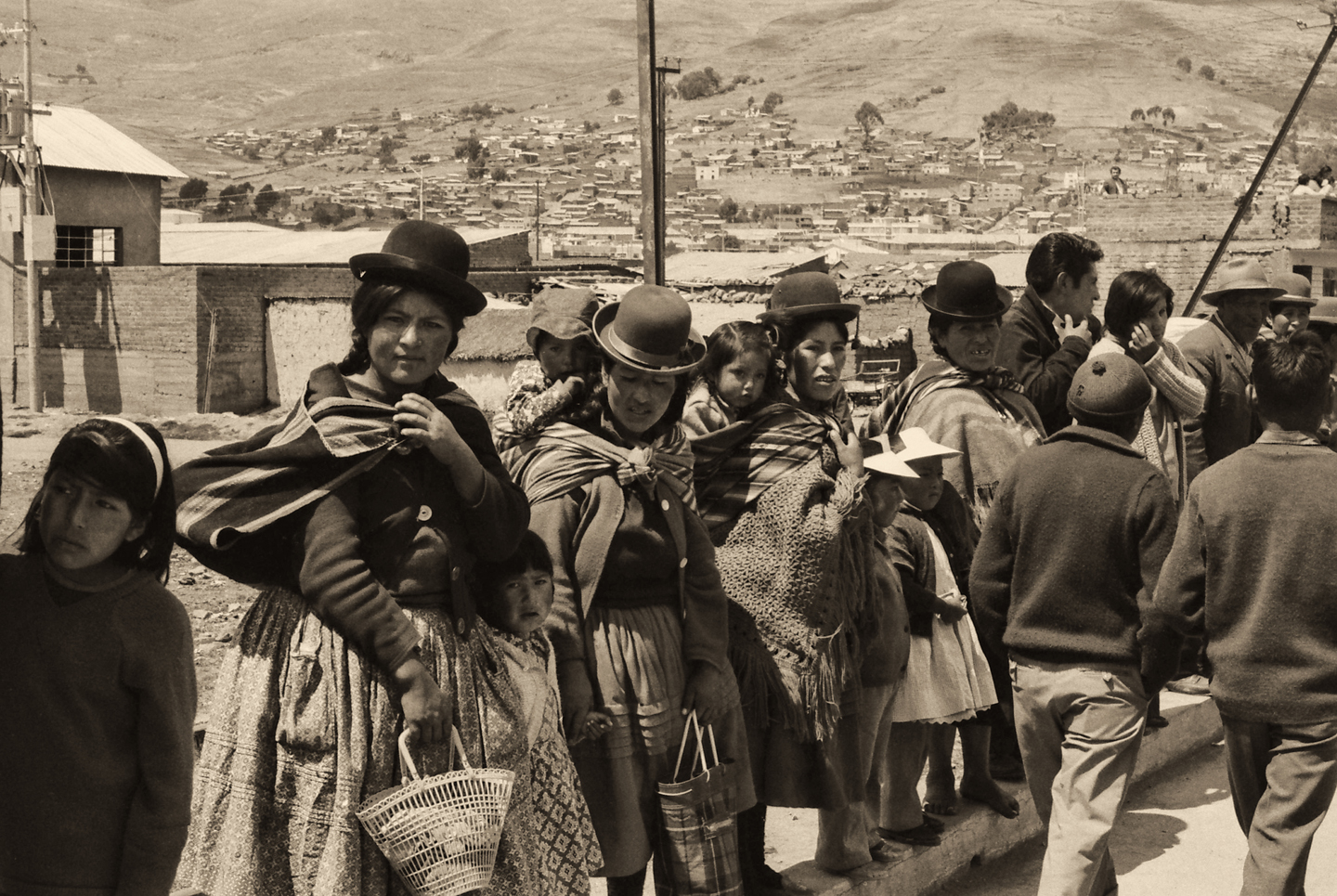
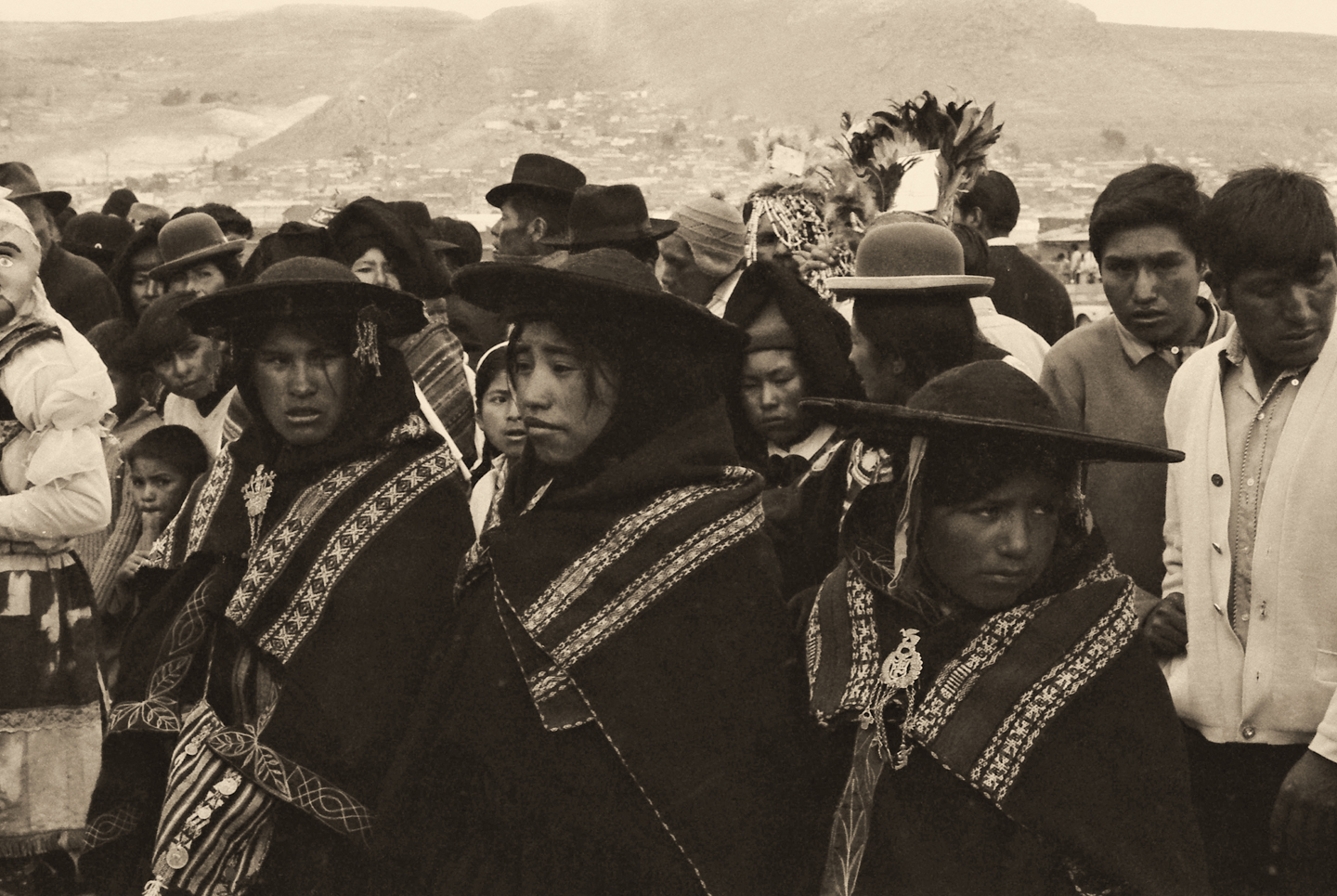
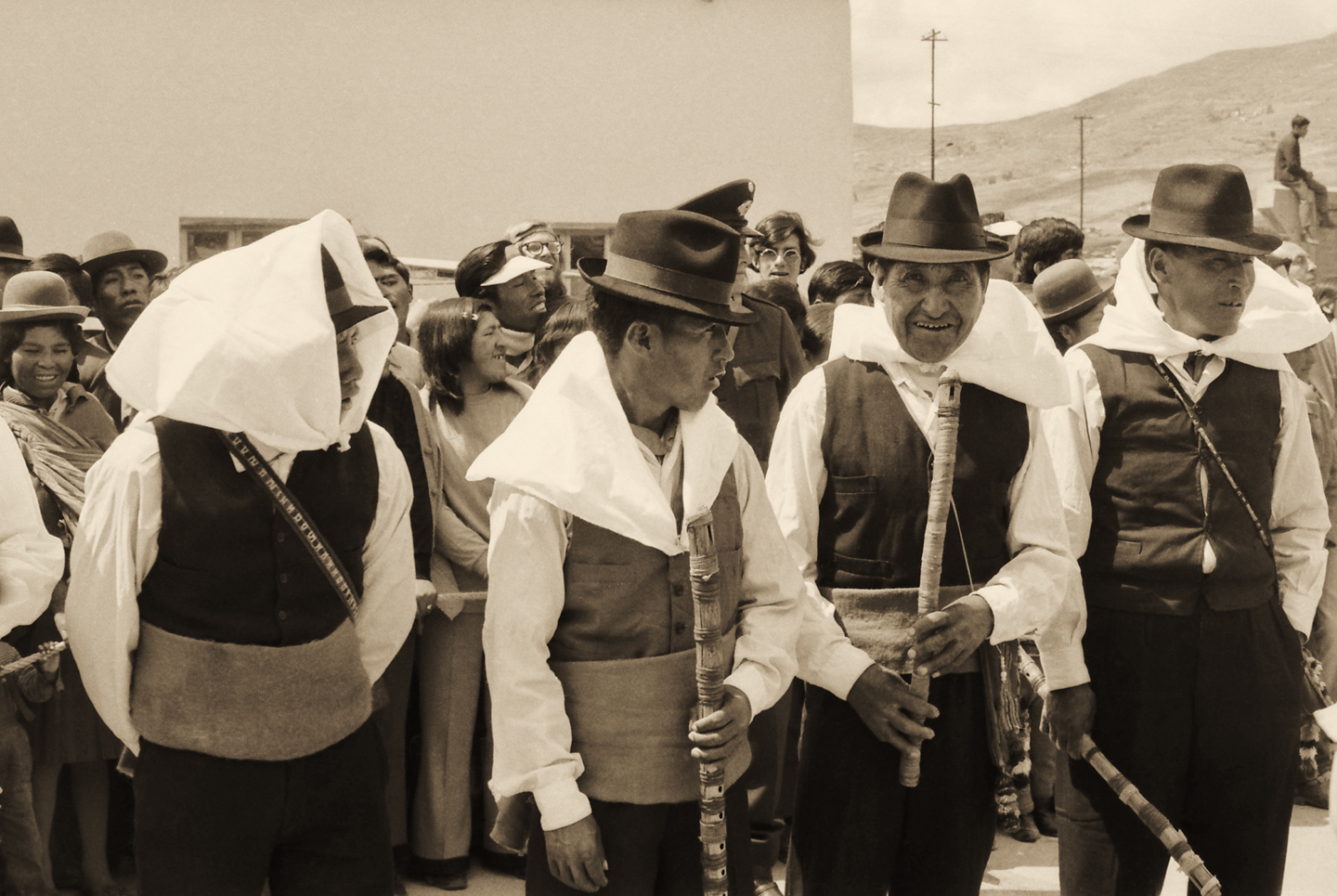
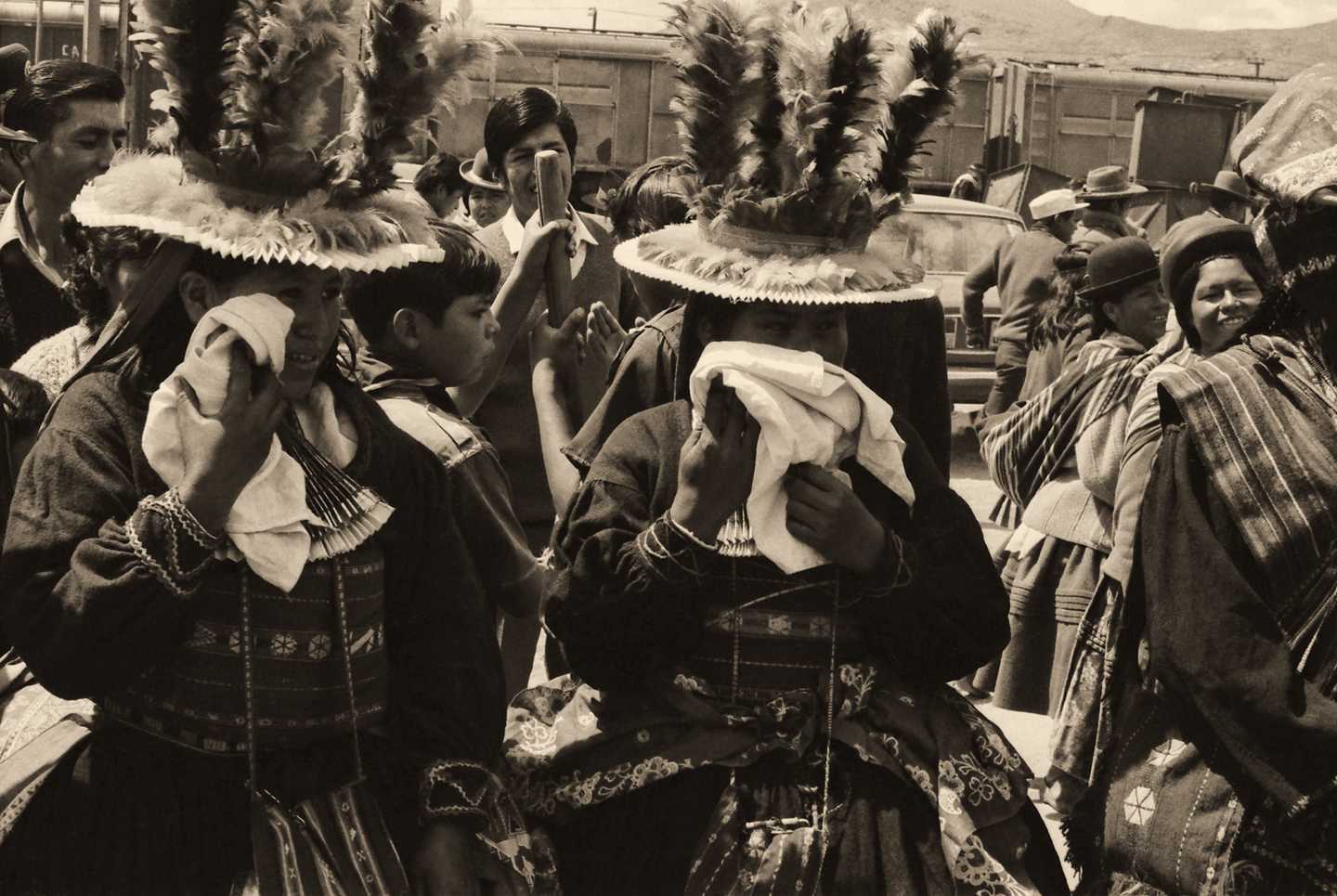
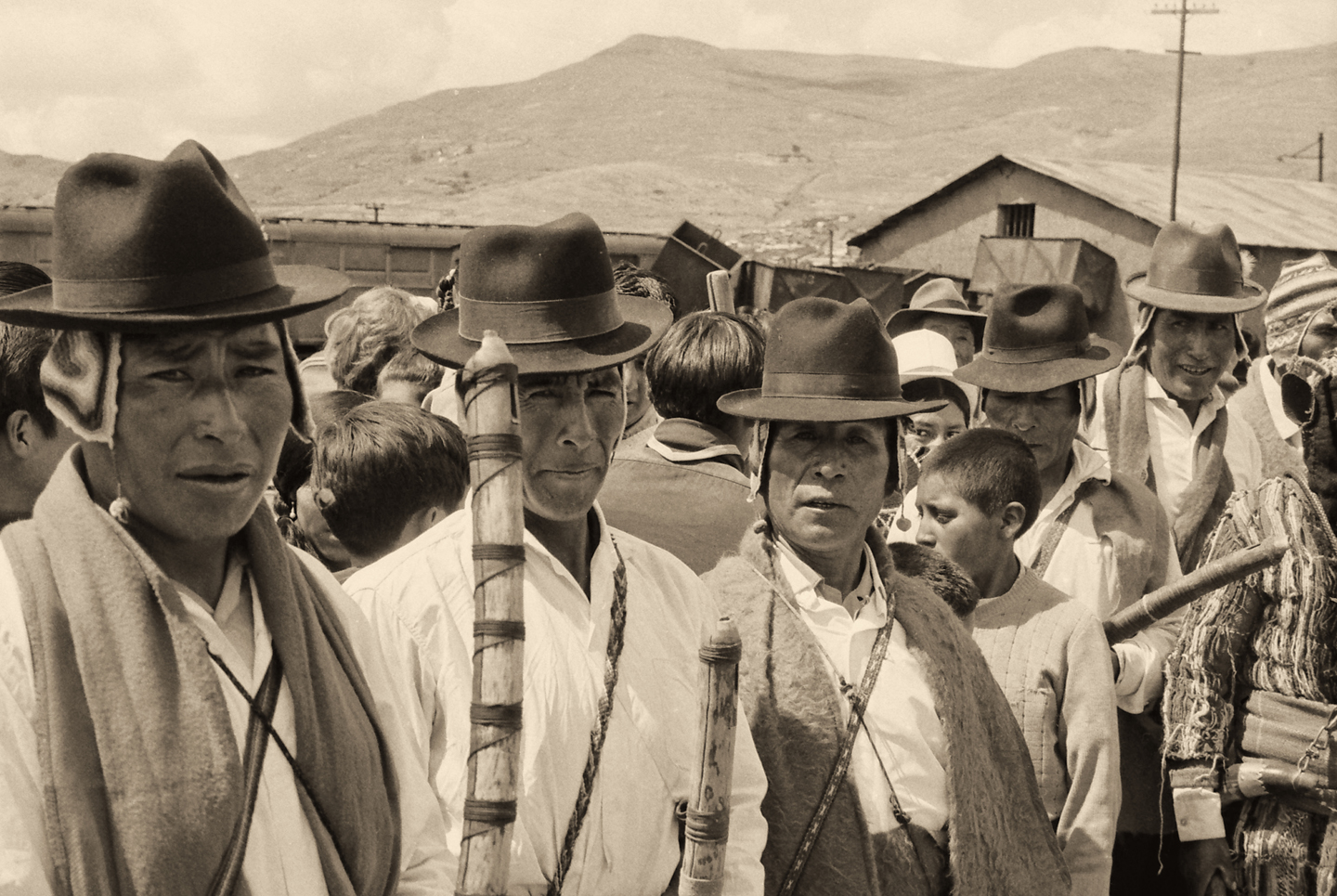
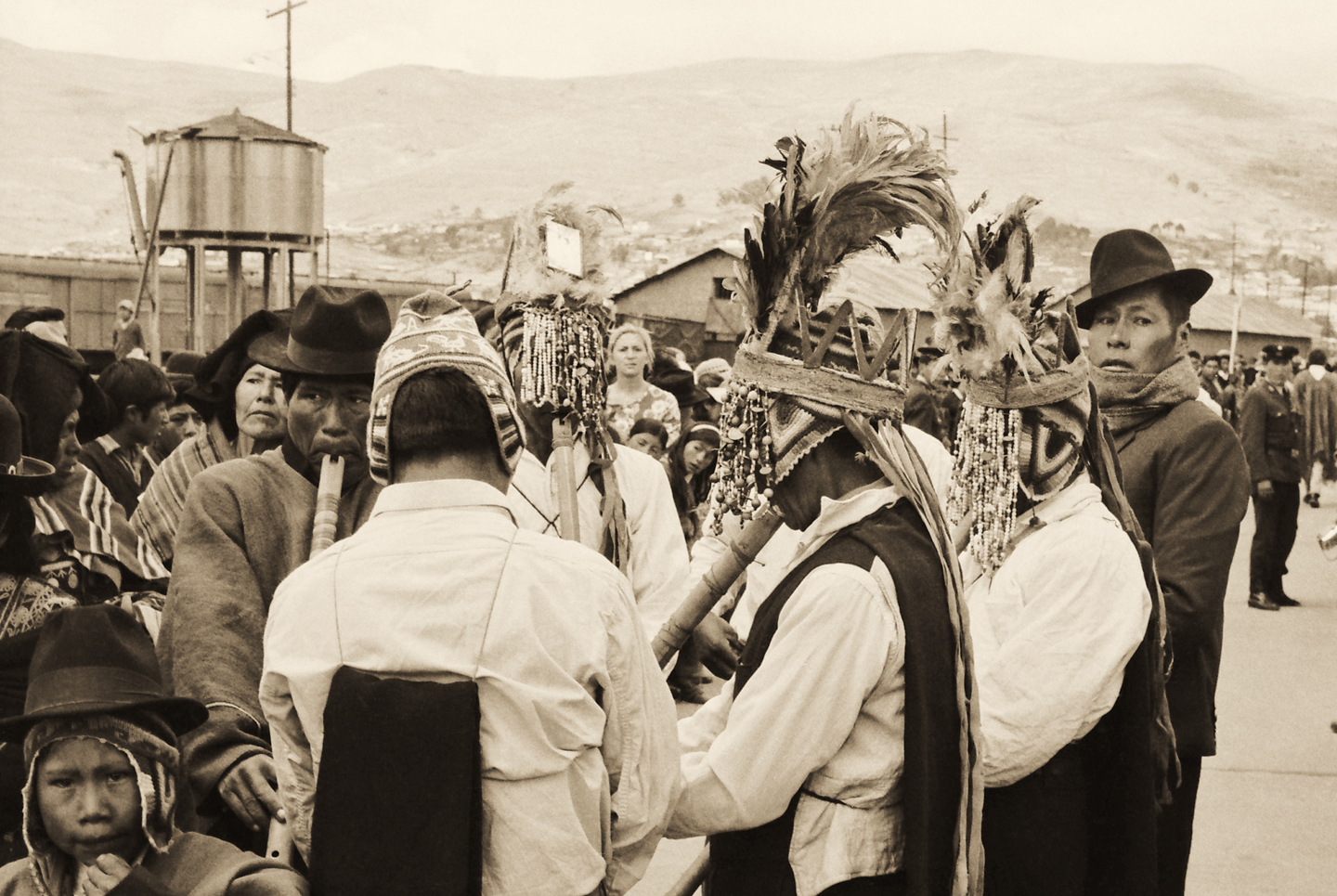
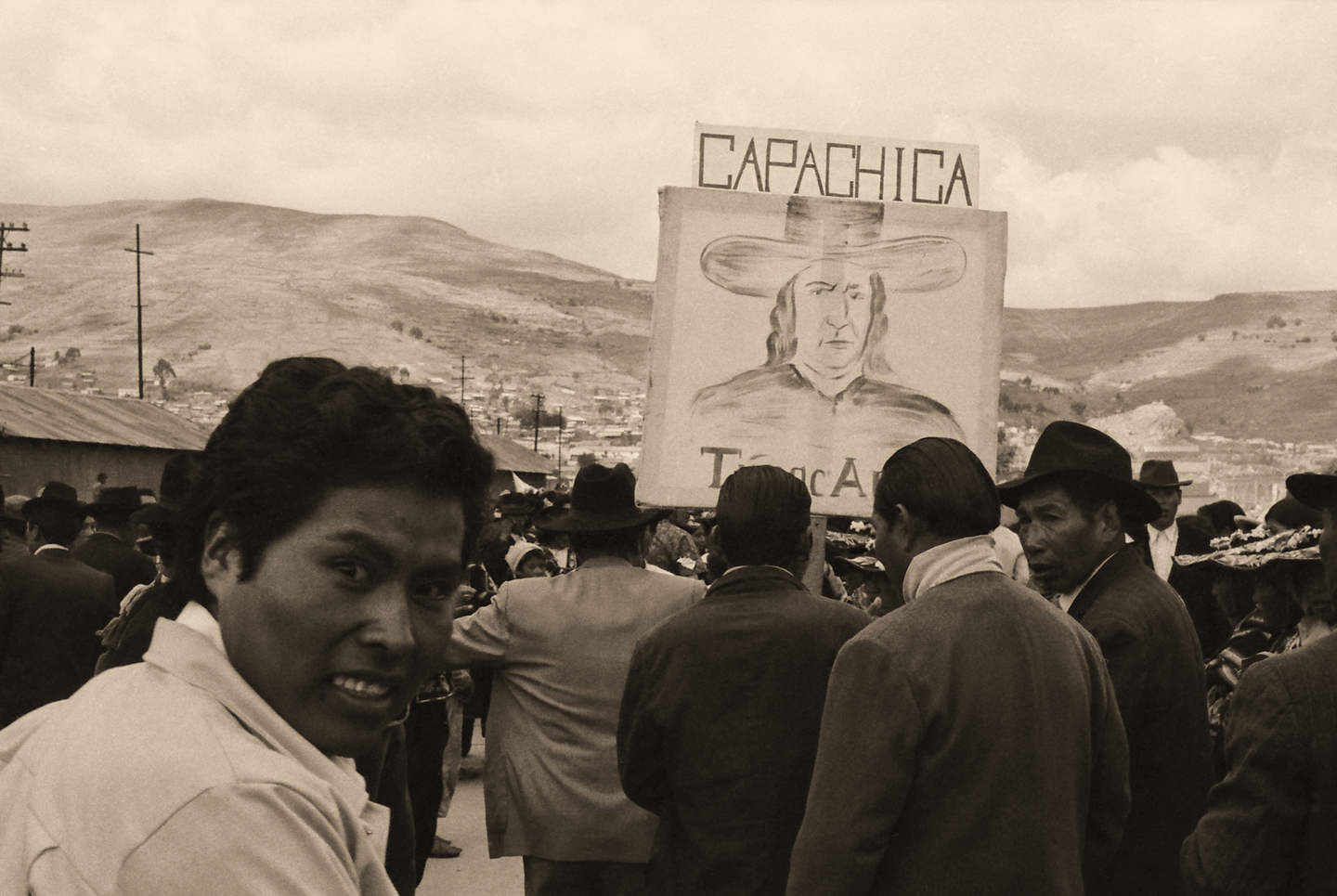
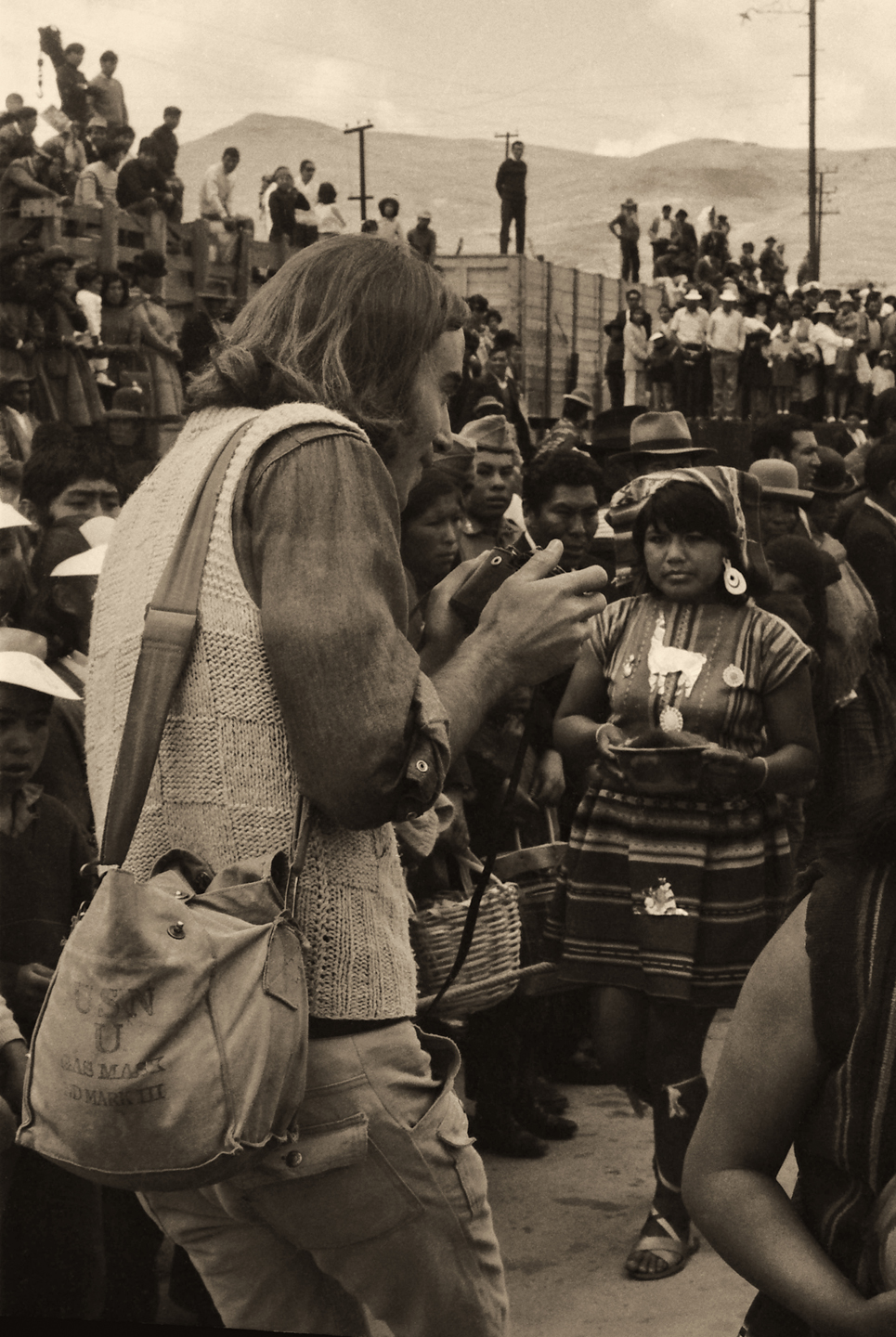
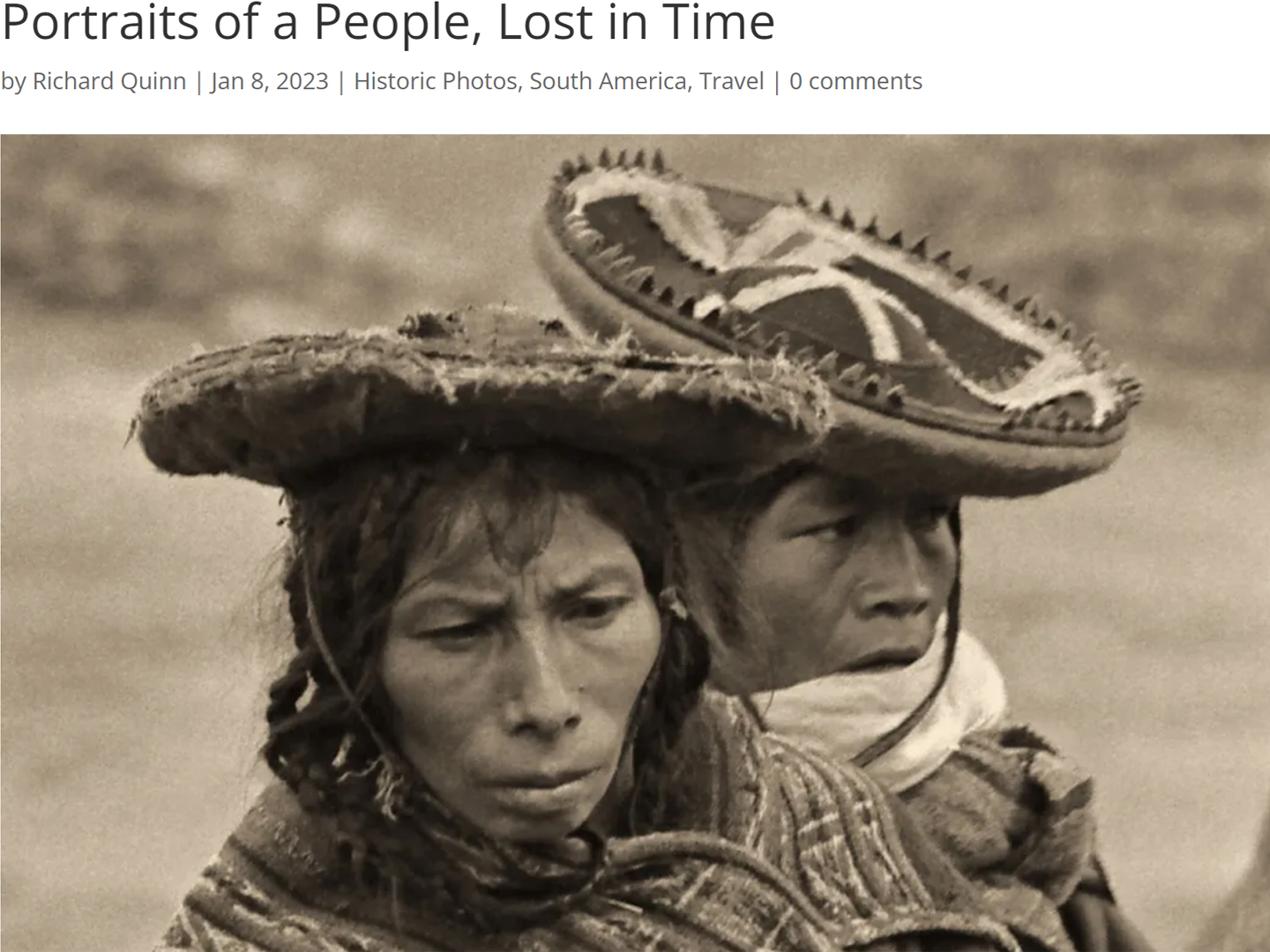
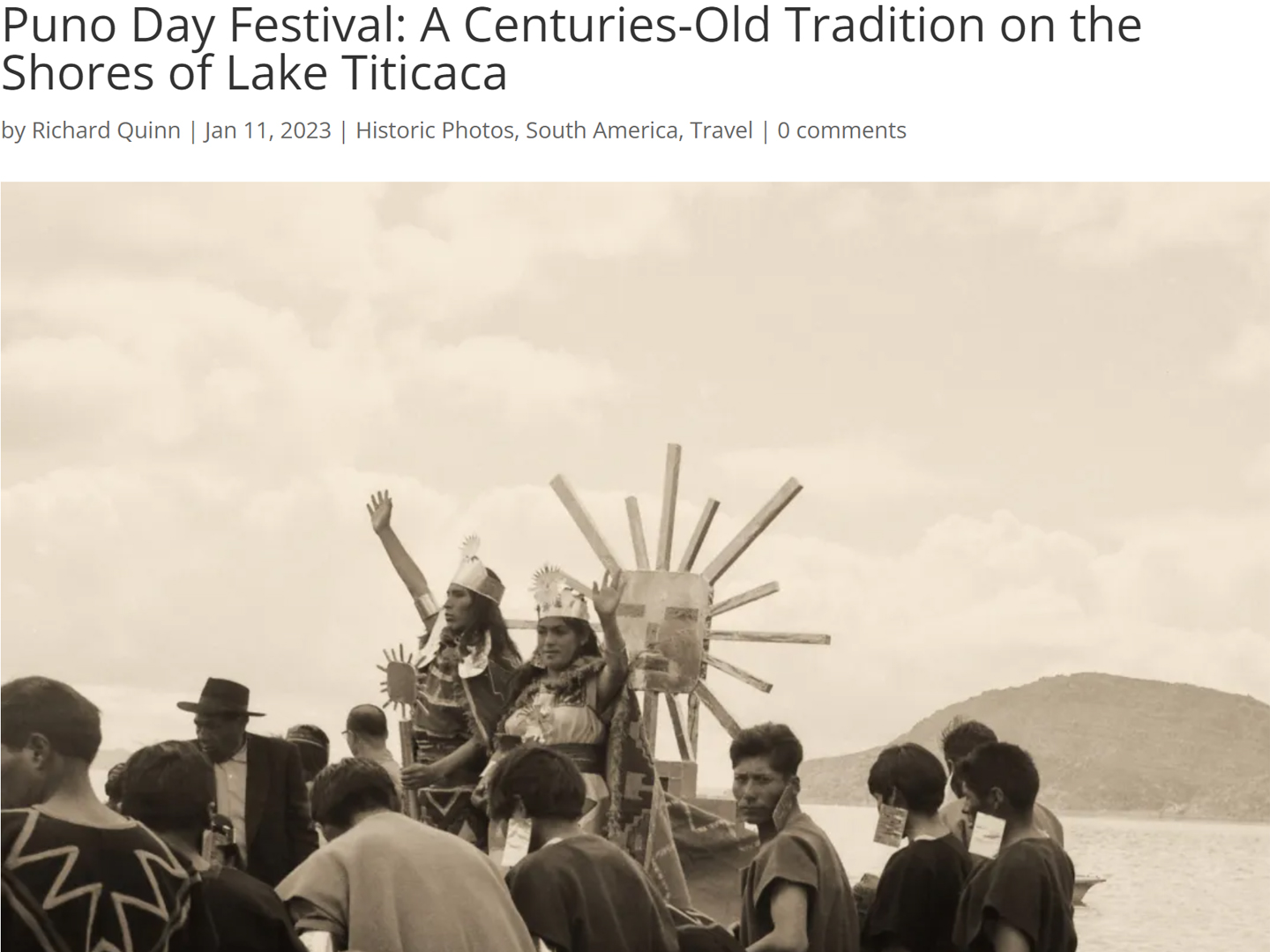
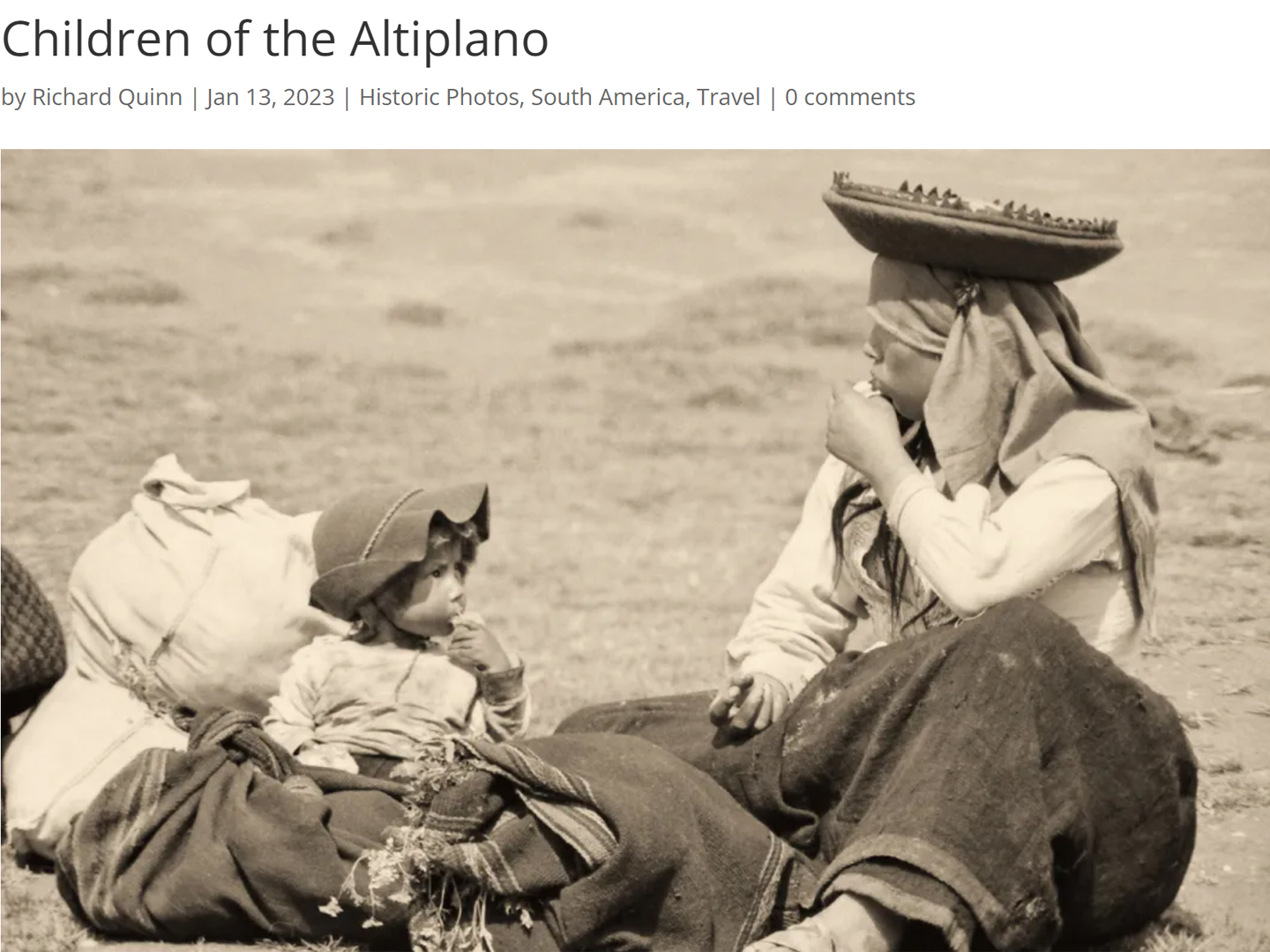
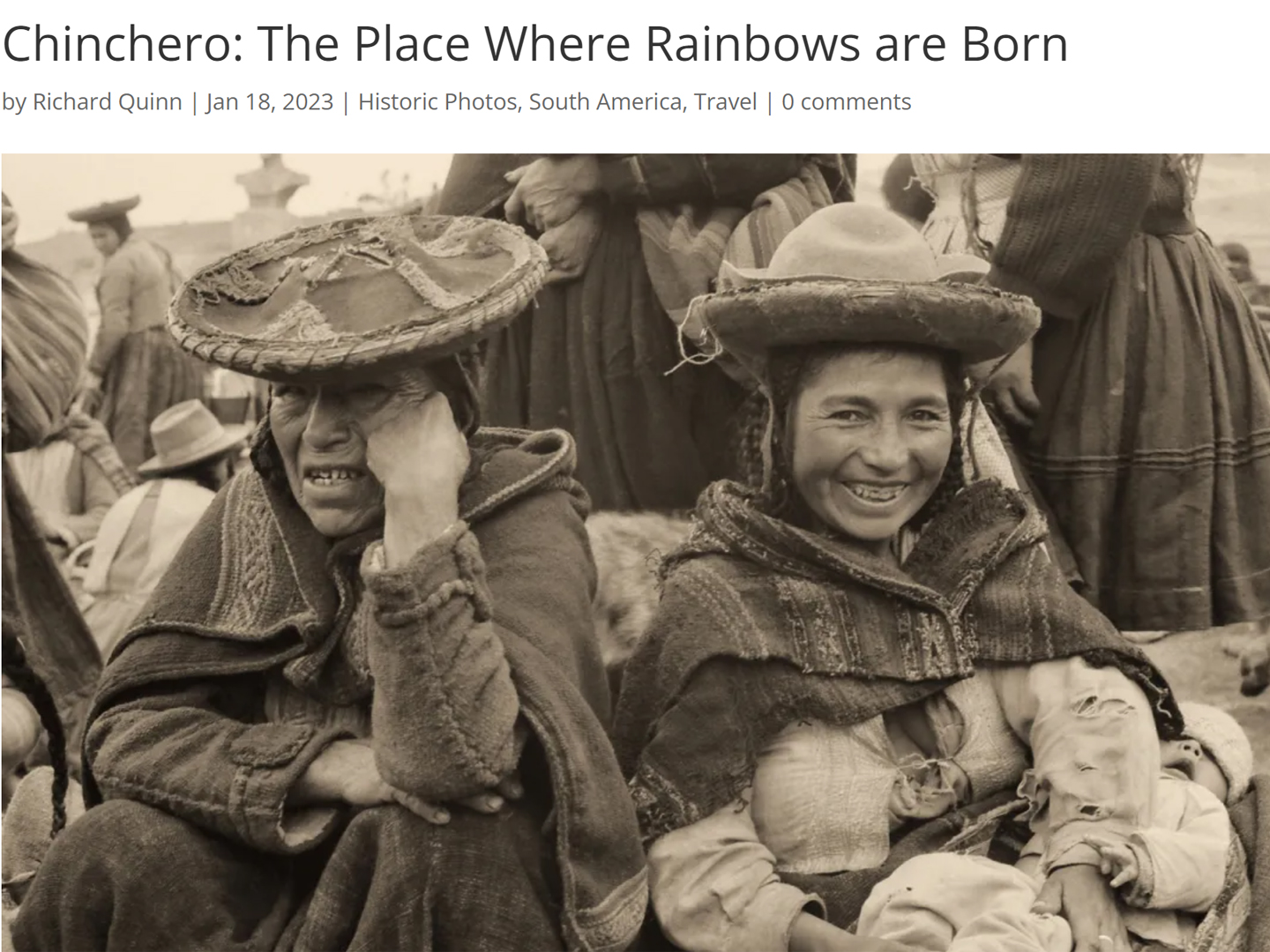
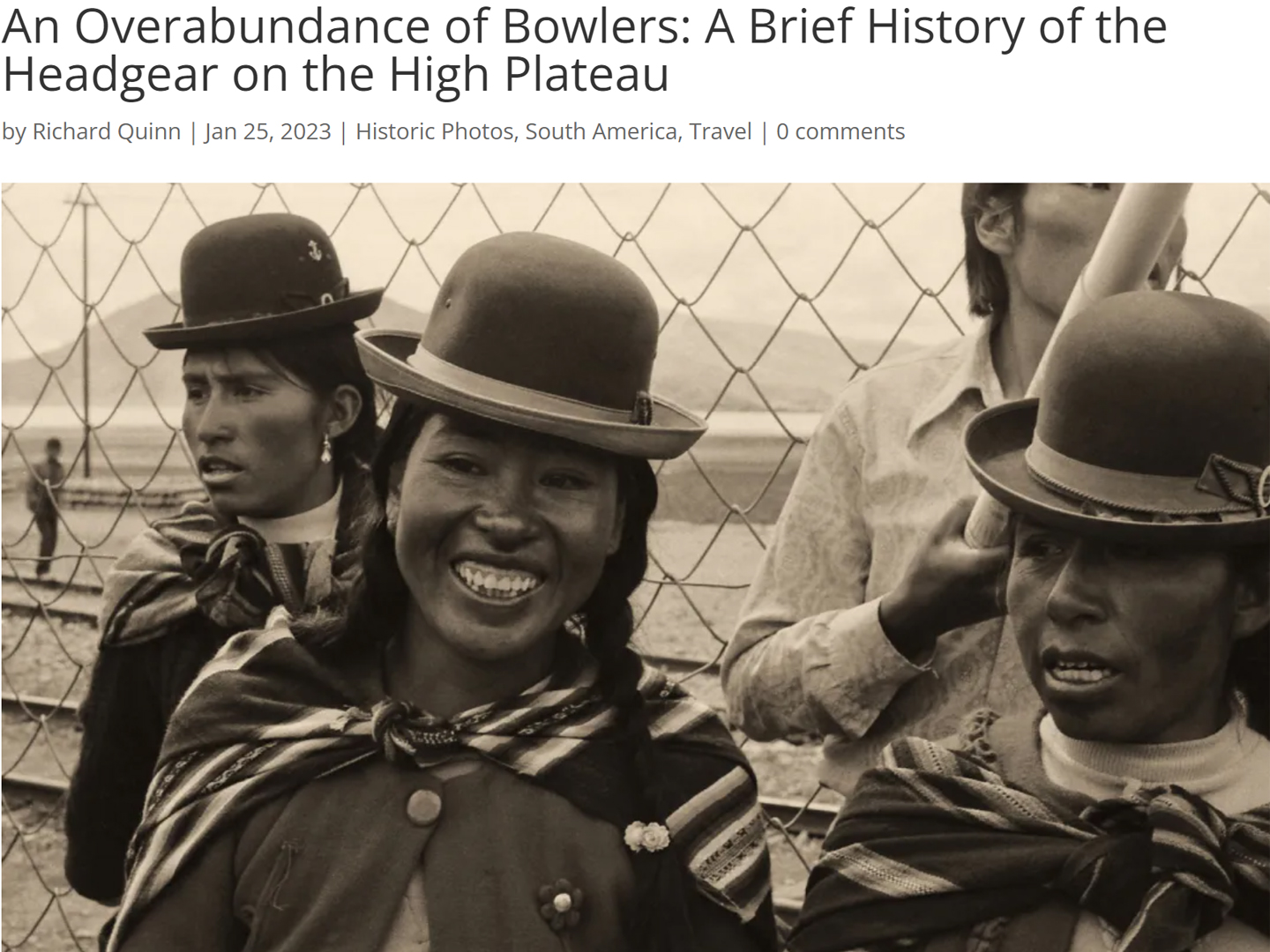
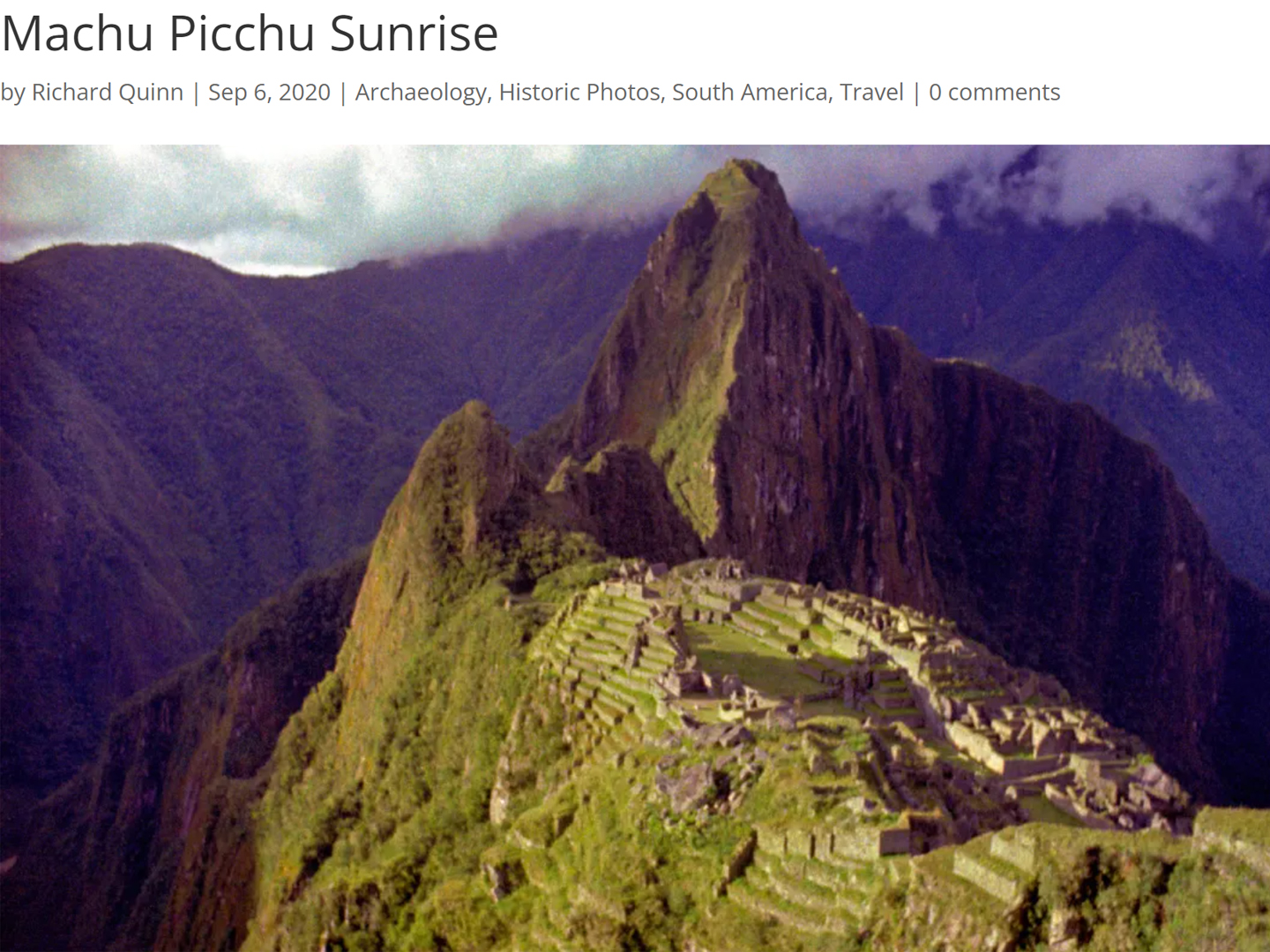
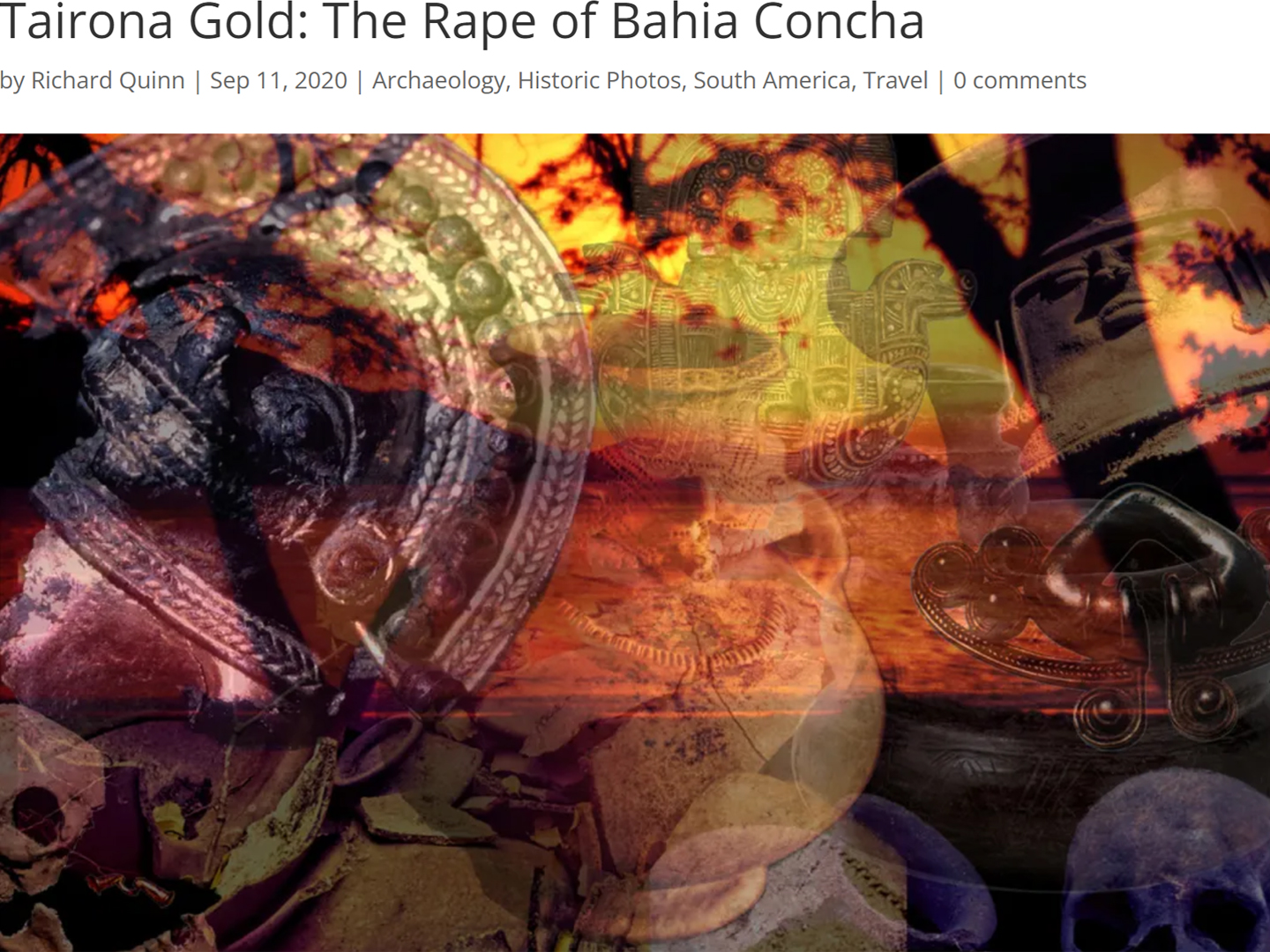
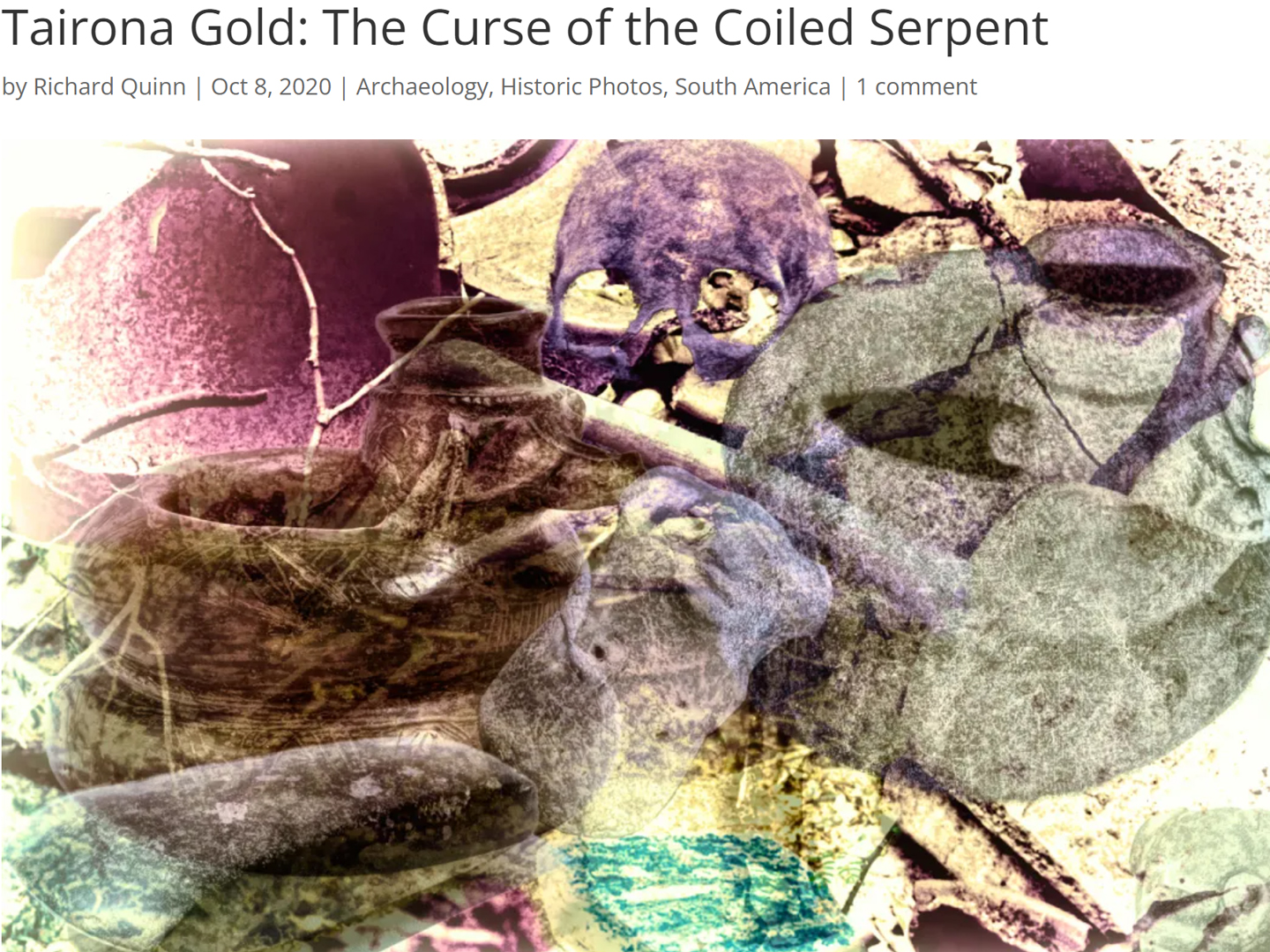
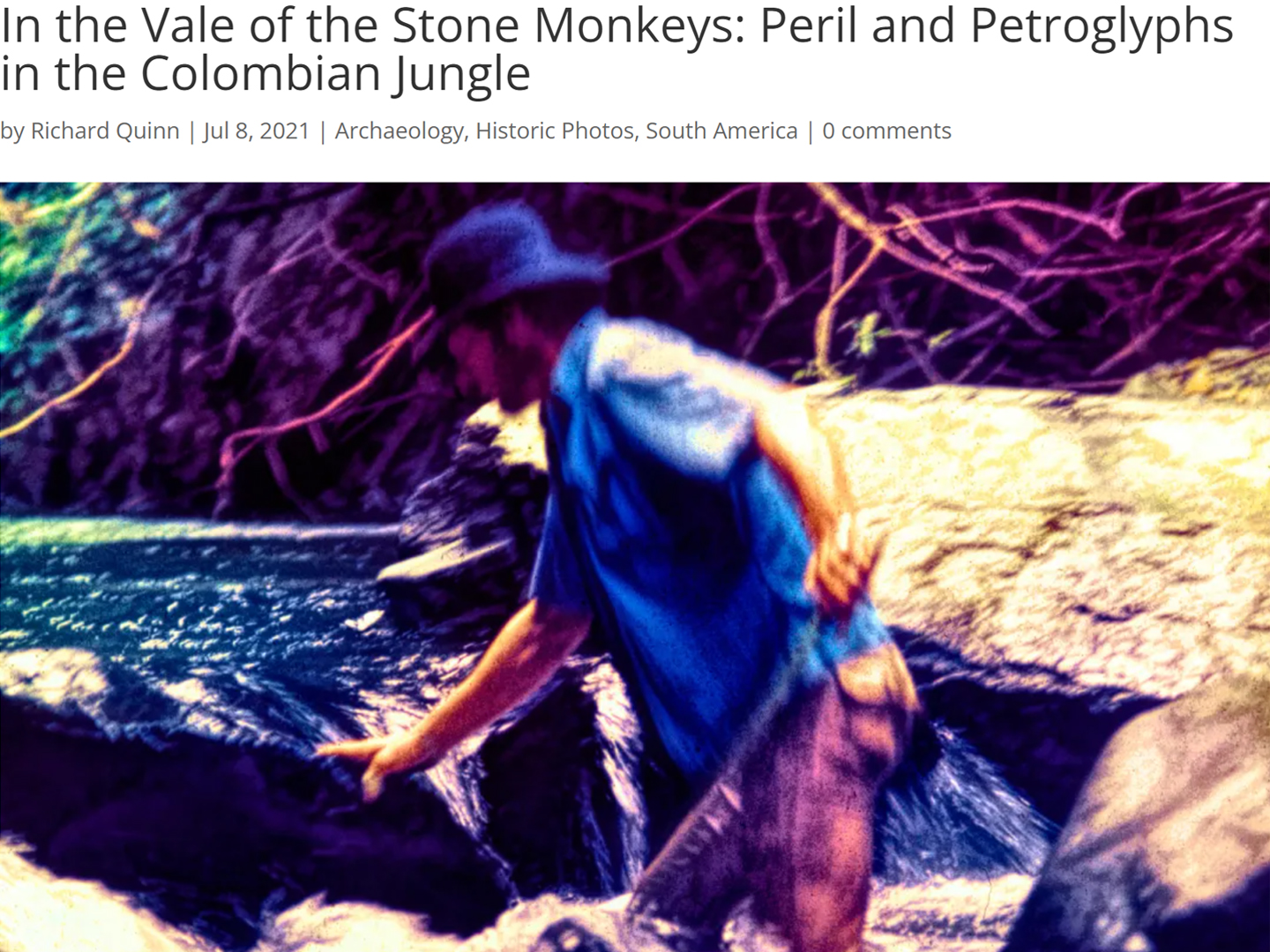
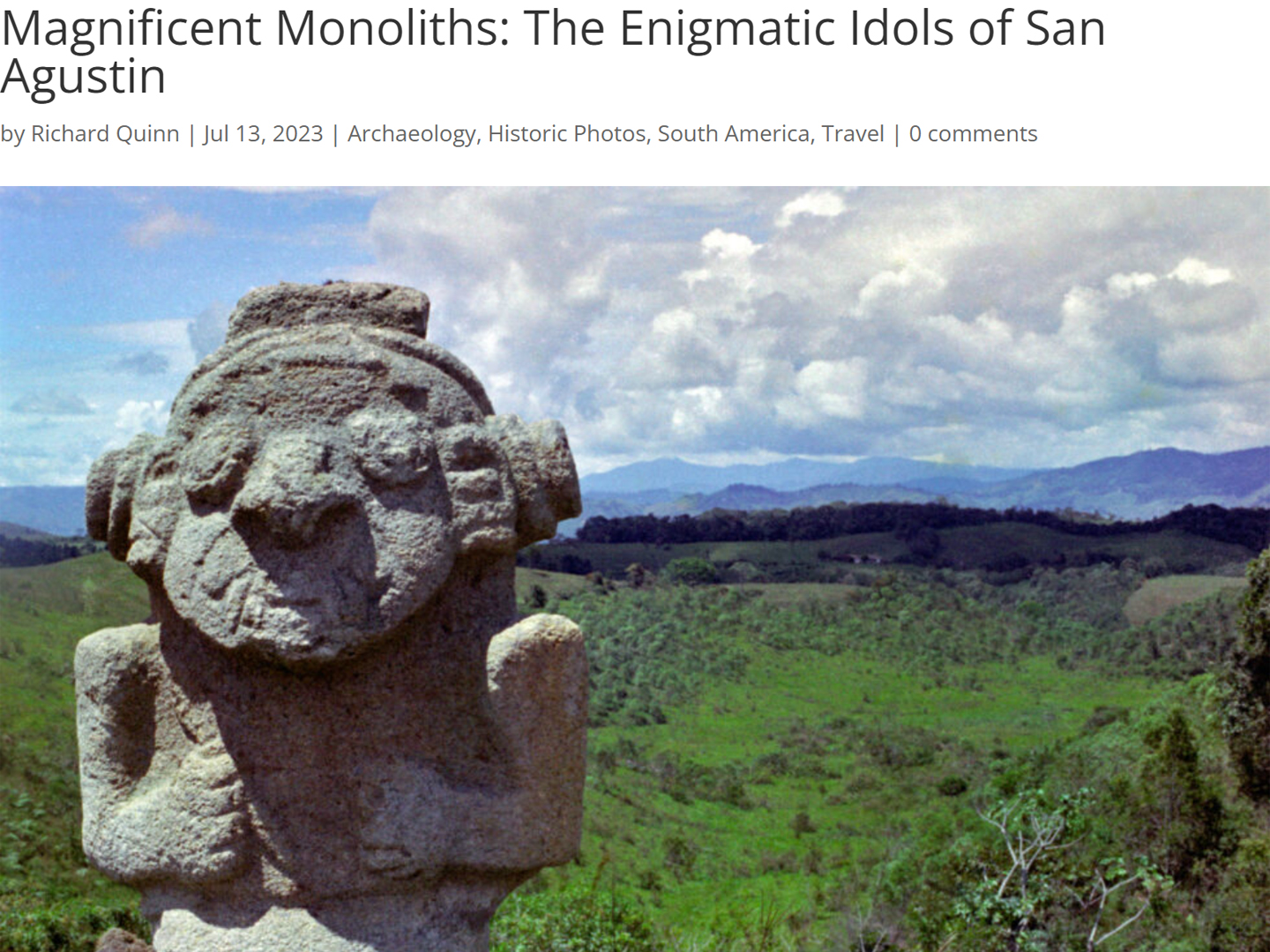


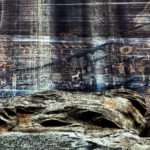

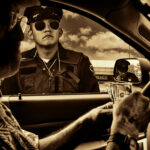
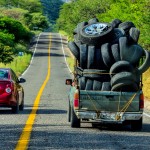
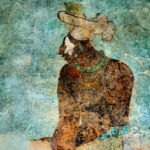
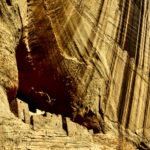
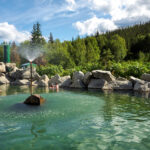
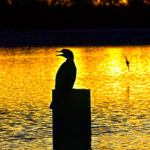
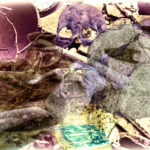
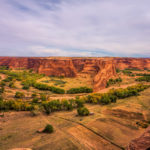
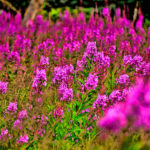
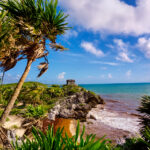
Recent Comments